If you’re looking for a complete list of calisthenics exercises, you’re in the right place.
In this guide, you’ll get:
- Over 60 calisthenics exercises (with pictures) that you can do from the comfort of your own home.
- A template to build the ultimate bodyweight home workout, and
- Simple Calisthenics progressions for each exercise, broken into beginner, intermediate, and advanced variations.
Let’s dive right in.
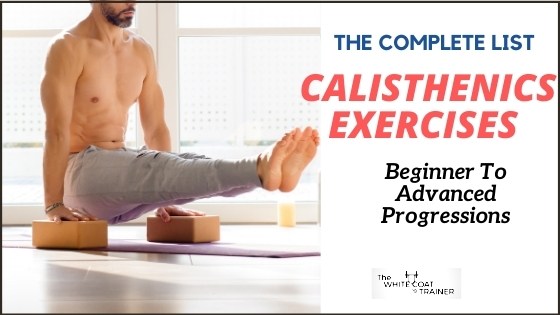
TABLE OF CONTENTS
- The 6 Types Of Calisthenics Exercises
- The Best Calisthenics Exercises For Your Chest and Triceps
- The Best Calisthenics Exercises For Your Back
- The Best Calisthenics Exercises For Your Shoulders
- The Best Calisthenics Exercises For Your Legs
- The Best Calisthenics Exercises For Balance and Coordination
- The Best Calisthenics Exercises For Your Glutes
- The Best Calisthenics Exercises For Your Abs
- How To Create Your Own Bodyweight Program That You Can Do At Home
The 6 Types of Calisthenics Exercises
What Are Calisthenics Exercises?
Calisthenics is a form of training in which you use your own body weight as resistance.
Instead of going to the gym to lift weights, you are doing bodyweight exercises.
The nice thing about calisthenics is that there are numerous variations of each exercise that you can do to make them more challenging, regardless of how much you weigh.
This guide will go over the best calisthenics exercises for every single body part and teach you how to scale them so that you never run out of exercises to choose from.
The 6 Types of Calisthenics Exercises
Every calisthenics exercise should be classified into one of six functional movement patterns.
These include:
#1 Upper Body Pushing Exercises:
The upper body pushing exercises train the pressing muscles of your upper body.
These include:
- the chest,
- the anterior shoulders,
- the medial shoulders
- and the powerful triceps.
The upper body push can also be sub-classified into a horizontal push and a vertical push.
More on that later:
#2 Upper Body Pulling Exercises:
The upper body pulling exercises train the muscles of your back as well as the biceps.
These muscles include:
- the posterior shoulders,
- the rhomboids,
- the trapezius,
- the lats
- and the biceps
The upper body pull can also be sub-classified into a horizontal pull and a vertical pull.
Again, more on that later:
#3 Knee Flexion Exercises:
The knee flexion exercises train the muscles that allow you to squat down and squat back up.
These muscles include:
- the quadriceps,
- the adductors
- the various other muscles in the hip
- and the glutes
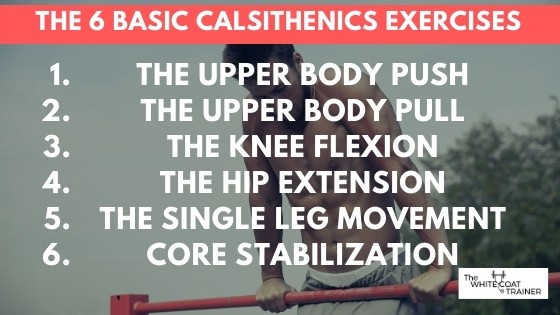
#4 Single Leg Exercises:
Single leg exercises train your ability to balance yourself on each leg individually. If you haven’t noticed already. You spend the majority of your day on one leg.
These exercises will strengthen:
- the quadriceps
- the adductors
- the core musculature
- and all of the small stabilizer muscles that normally aren’t stimulated during bilateral exercises.
#5 Hip Extension Exercises:
The hip extension exercises train the powerful muscles of the posterior chain to help you flex and extend at the hip.
These muscles include:
- the hamstrings,
- the glutes,
- and the low back.
Lastly, we have:
#6 Core Stabilizing Exercises:
If you didn’t already know, sit-ups and crunches are not the best way to train your abs. is not the correct way to train your abs.
Instead, you need to train core stabilization. This is the ability to resist motion under load.
Alright, now that we have covered all of the basics, let’s actually move onto the fun stuff.
The next several sections will cover the full list of calisthenics exercises by body part and by difficulty.
Keep reading…
Calisthenics Exercises For Your Chest and Triceps
The push-up is and all of its variations are the best horizontal pushing exercise you can do for the chest and triceps.
The best part about this exercise is that there are several different push-up variations you can choose from. It doesn’t matter if you are a novice or a skilled athlete.
Let’s go over the best ones.
Beginner Calisthenics Chest and Tricep Exercises
What if you struggle to do regular standard push-ups?
That’s ok.
Here are three ways to scale the push-up back.
Wall Push-Ups
Stand approximately 4 feet away from a wall, and place your outstretched hands on the wall at shoulder width, at the level of your chest.
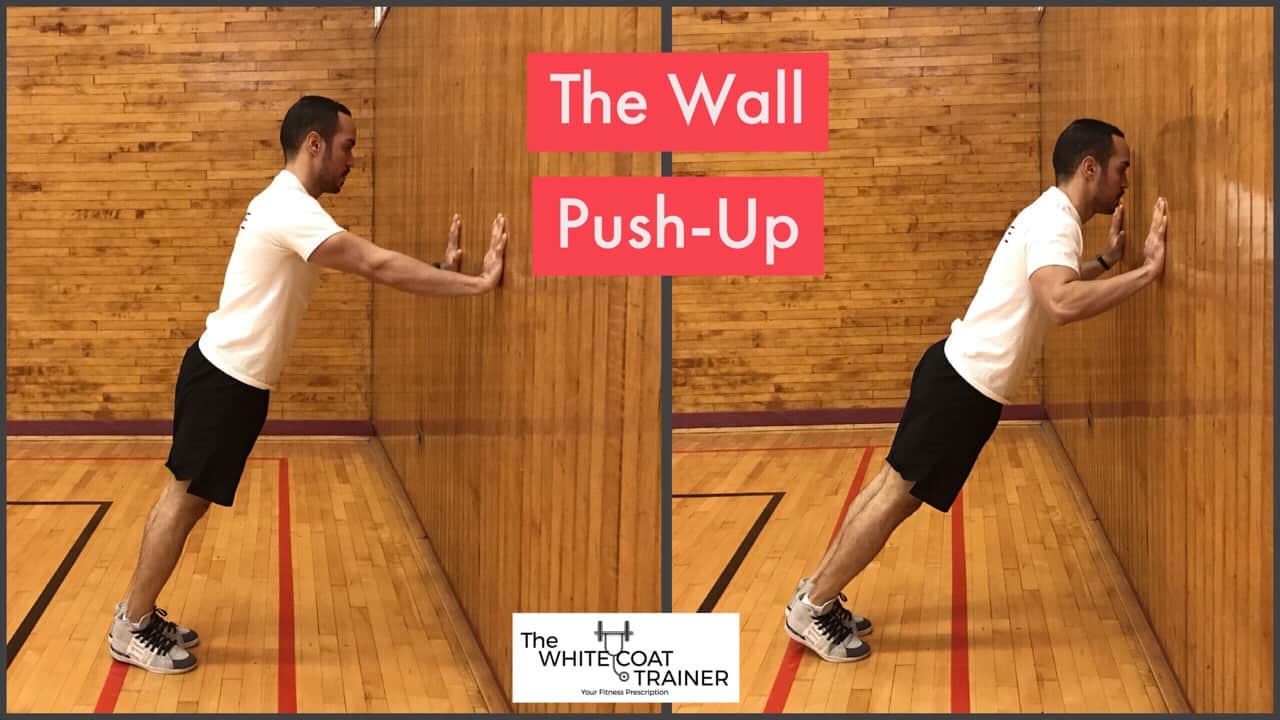
Bend at the elbows and go down until your forehead touches the wall.
Incline Push-Ups
Find any object where you can press yourself off of. The higher the incline, the easier the exercise. As you continue to get stronger, make the incline shorter and shorter.
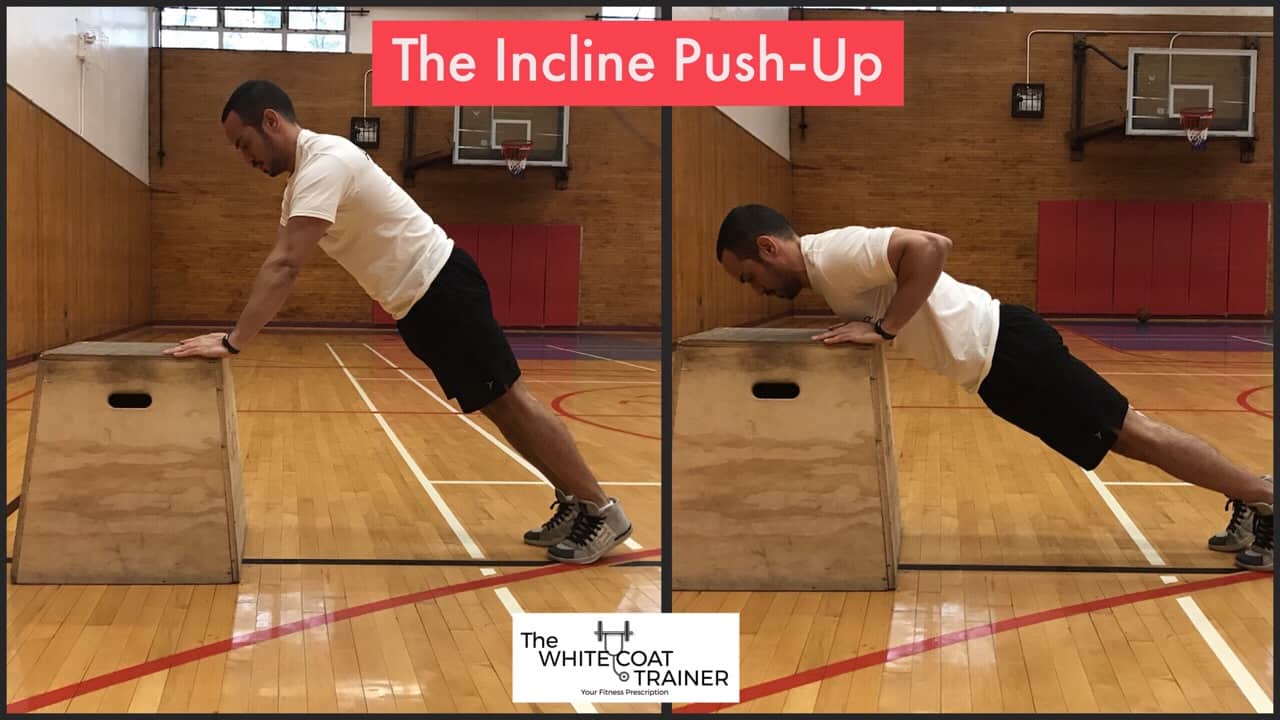
Kneeling Push-Ups
In this variation, you simply kneel and cross your feet behind you. The motion is the same as a standard push-up, but you aren’t lifting the weight of your legs.
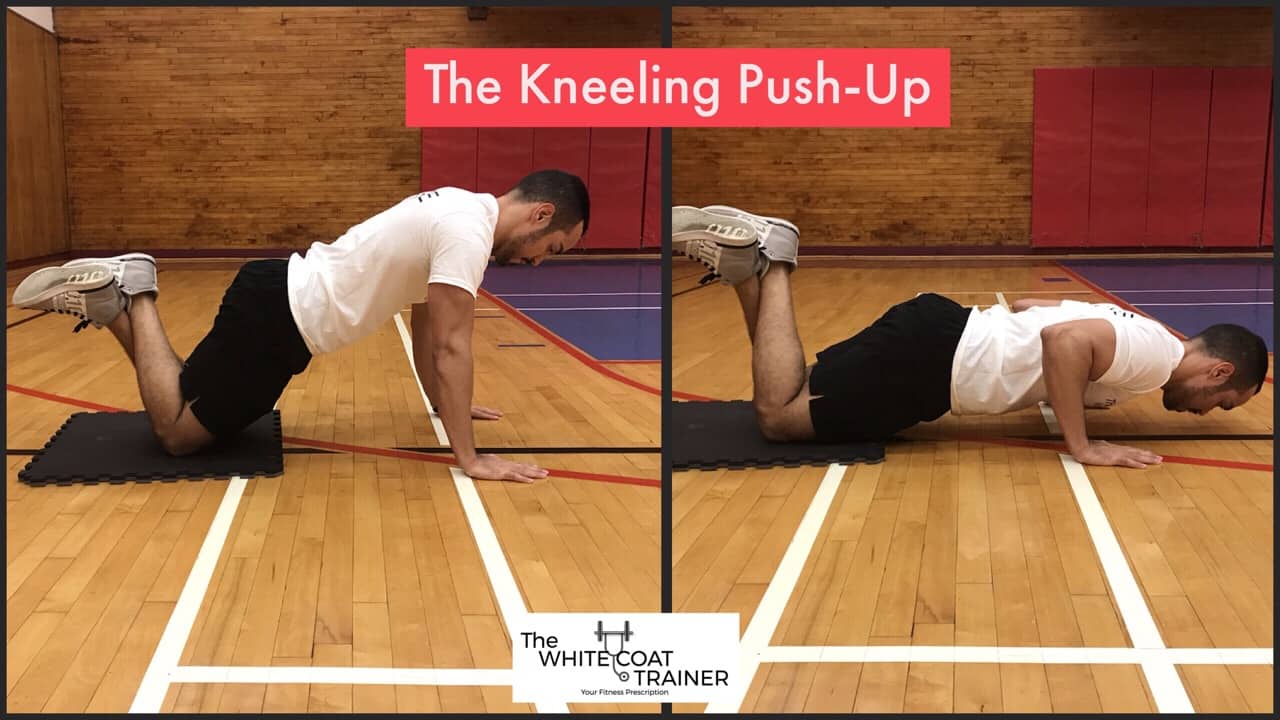
From here you can increase the difficulty over time by bringing your hands closer together.
The Standard Push-Up
In order to do standard pushups correctly, place your hands at the level of your chest, keep your butt squeezed and your abs engaged, and only bend at the elbows.
Your torso should never change its position throughout the movement. Keep your scapula (aka shoulder blades) retracted at the bottom of the exercise
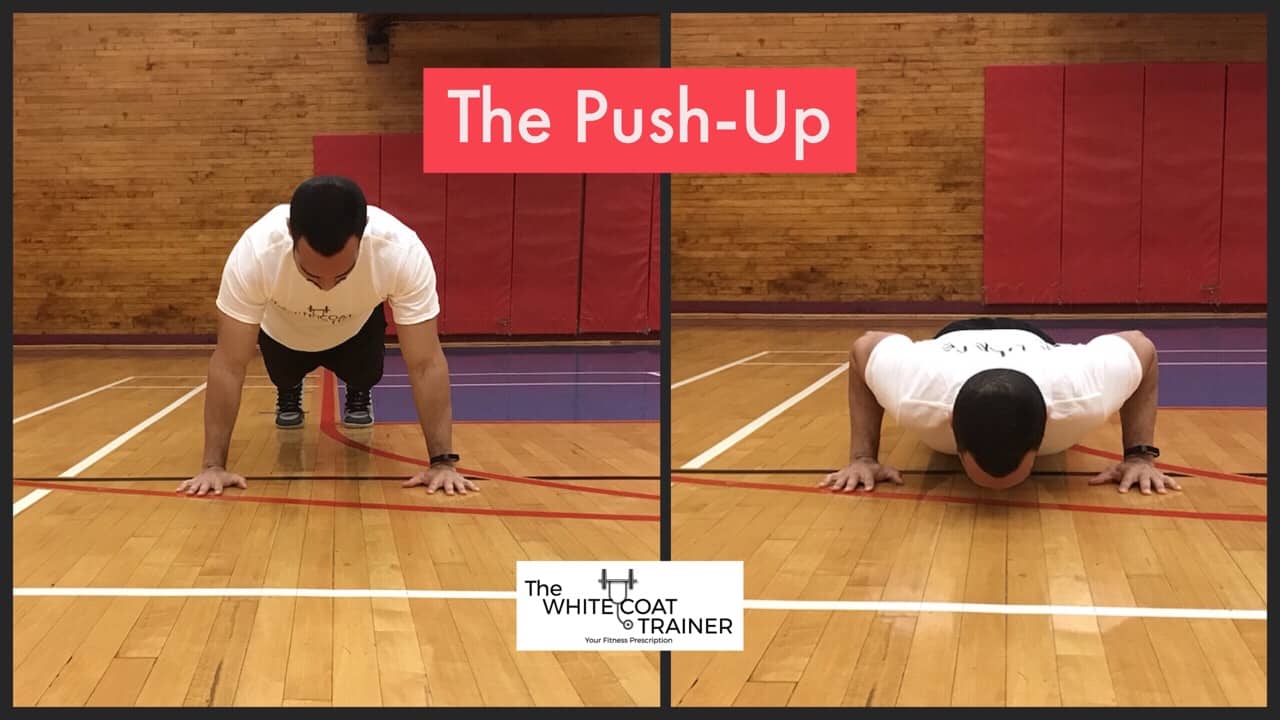
Intermediate Calisthenics Chest & Tricep Exercises
If you can easily do multiple sets of 15+ pushups (with good form) then you can increase the difficulty.
Here are the easiest ways to scale the pushup.
The Close Grip Push-Up
The closer your hands move, the more tricep dominant the lift becomes. This variation changes the leverage of the movement, allowing the arms to do more work.
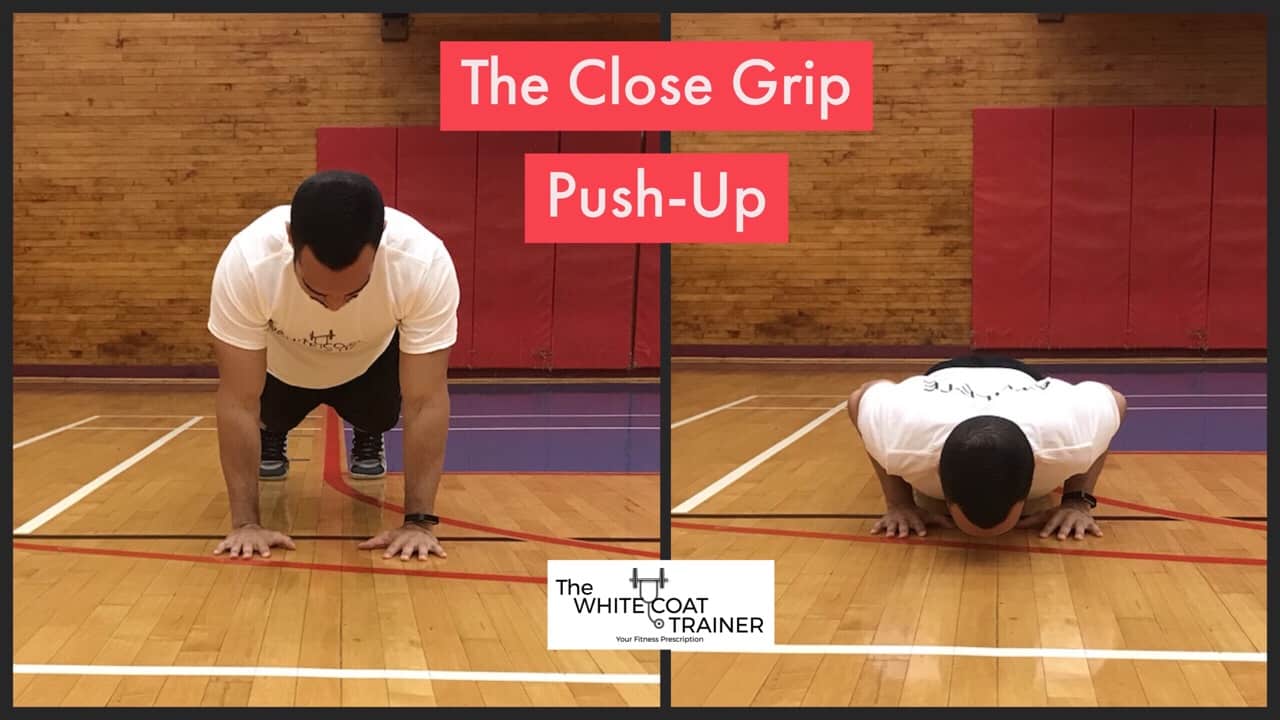
Keep working on this variation until you could do pushups with your hands touching, aka diamond push-ups.
The Decline Push-Up
By placing your feet on a bench, you increase the amount of weight your arms have to lift. The decline push-up will train the upper chest a lot more since the angle at which you are pressing becomes more acute.
All of the standard push-up rules apply.
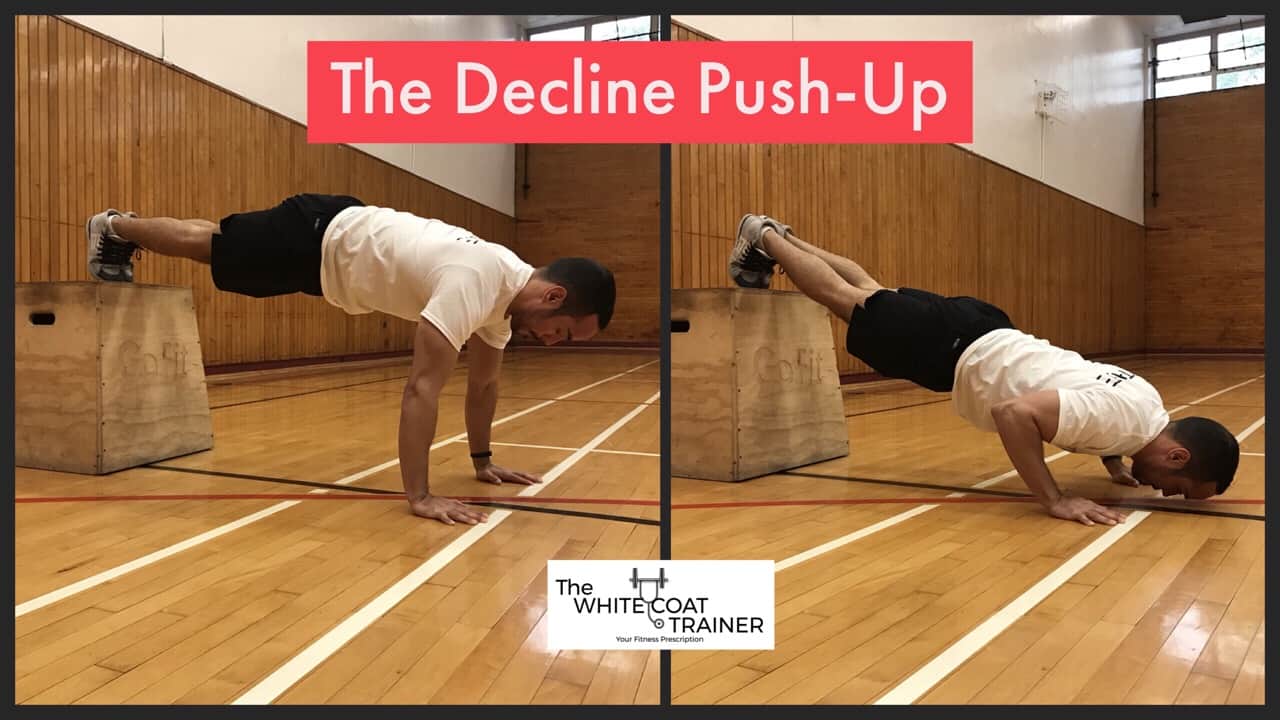
Decline Close-Grip Push-Up
This variation combines the previous two exercises. Put your feet up on a box or bench and continuously bring your hands closer together until they can touch just like you did in step 2.
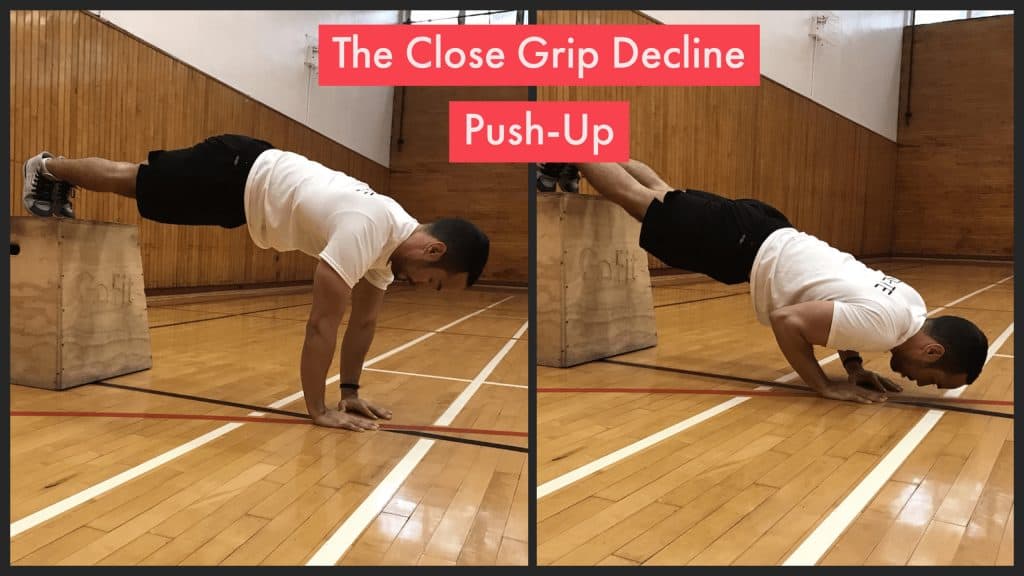
The Wide Grip Push-Up
In the wide push-up, simply set your hands much further than shoulder width. In order to do it properly, you will have to flare your elbows out more than a standard push-up.
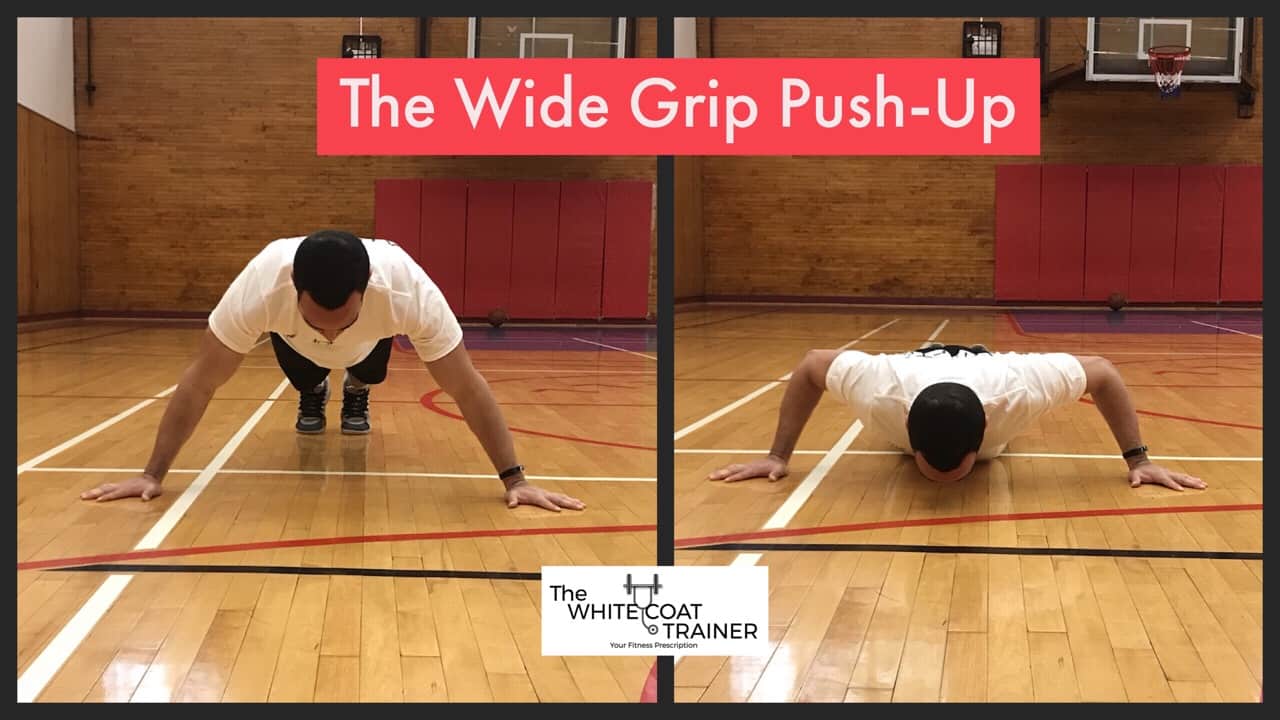
Parallette Push-Ups
Elevating your hands increases the range of motion and makes the push-up much more challenging.
Dips & Dip Variations
Dips are another great exercise you can add to your pressing tool belt. To do them, you will need dip bars or two sturdy objects that can support your weight.
From here, bend at the elbows and retract your shoulder blades to maintain a stable shoulder position.
You can use gymnastic rings to make this movement harder.
Advanced Calisthenics Chest & Tricep Exercises
Lastly, here are some of the more difficult push-up variations.
Uneven Pushups
The uneven push-up begins to train each arm individually.
By placing one hand higher than the other, you isolate the bottom arm to do more work overall. Just make sure to train both sides evenly.
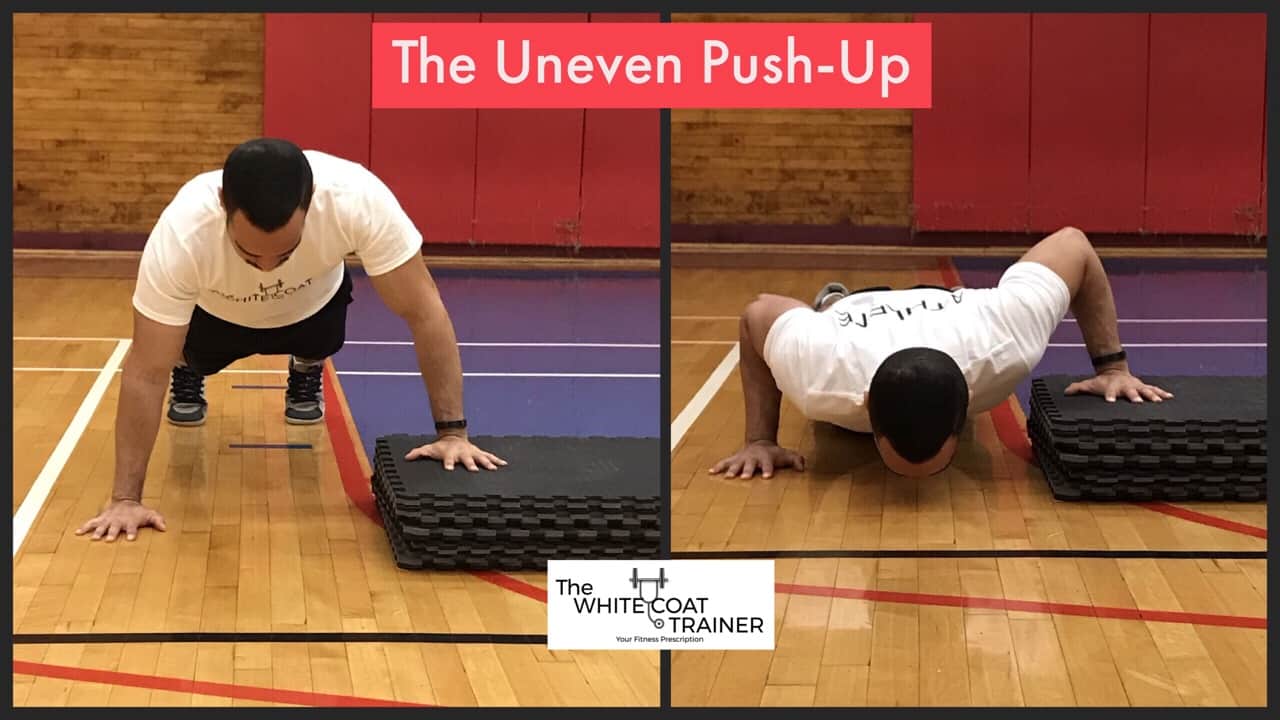
As you get stronger, you can continue to elevate the platform on which you perform this exercise. The higher the elevation, the more work the bottom hand has to do.
The 1 Handed Push-up
The one hand push-up is an exercise that demonstrates a good deal of strength. Only attempt it if you have developed a great foundation of strength in all of the other variations.
Initially, you may only be able to do it with a wide foot stance and a slight bend in the upper body, but as you get stronger, you can bring your feet closer together.
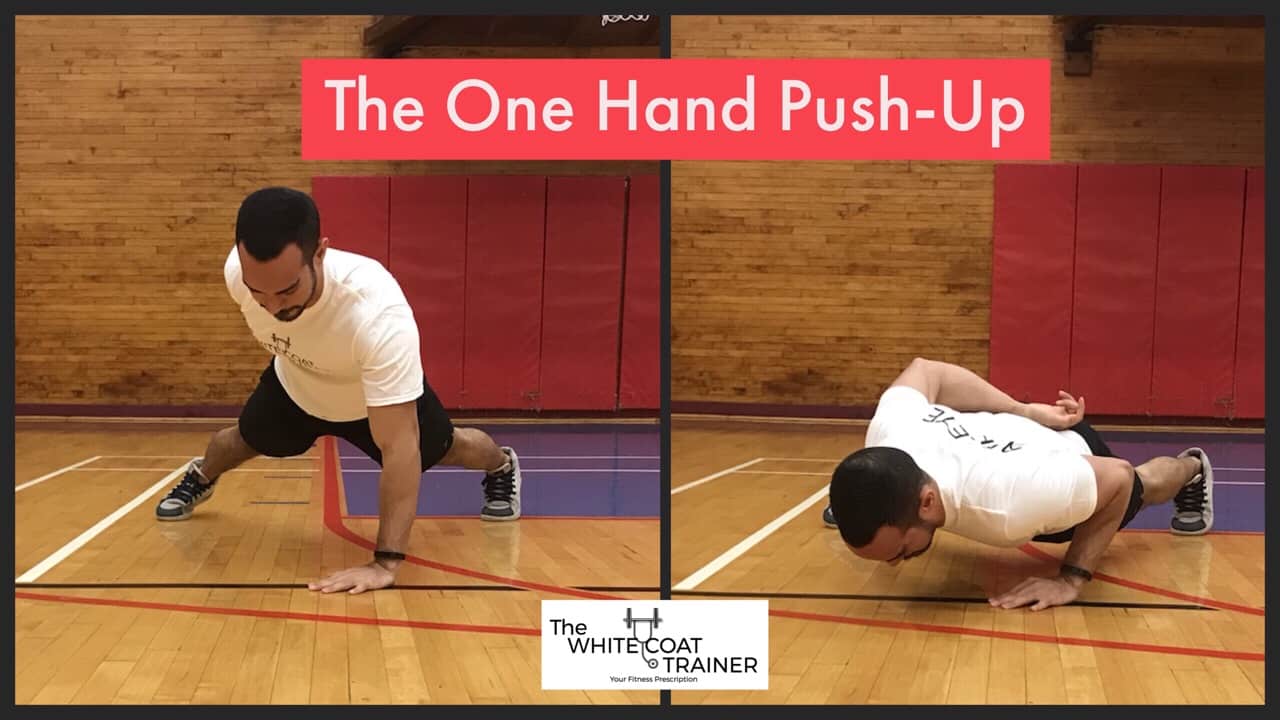
The Dynamic Push-Up
In the dynamic push-up, you simply explode up and propel your hands off the floor in between reps.
The Psuedo Planche Push-Up
The Psuedo Planche push-up brings your hands further down than a standard push-up, which changes the leverages of the exercise.
All you have to do is lean forward as much as you can and perform push-ups while maintaining that lean.
The purpose of this exercise is to train your ability to press from your center of gravity.
The Planche Push-Up
This is the hardest variation you can do. Perform push-ups while having your legs off the floor.
Okay, now that we have just hammered our chest and triceps, let’s move on to the back and biceps.
Who wouldn’t like to have nice arms?
If you do, then keep reading.
The Best Calisthenics Exercises For Your Back – The Pull
If you are like most people, you probably neglect your back muscles.
The good news is, calisthenics has some of the best back exercises that we know of.
We will cover the absolute best ones below.
You will need a
Click here to get one now on Amazon!
Beginner Calisthenics Back Exercises
Many of you won’t be able to do a single pull-up.
That’s fine. Below is a list of great bodyweight exercises to help you get your first pull-up.
Wall Pulls
Find a doorway or a wall that is only ~8 inches wide where you can easily grasp both sides of it.
Make sure that you can grip it safely. Bring your feet as close to the wall as possible and let your arms fully extend which will shift your body weight backward.
Pull yourself back towards the wall and pinch your scapula together at the top. Slowly return back to the start.

The Inverted Row AKA Horizontal Pull Up AKA Australian Pull Ups
This is the perfect exercise if you do not have a
They can be done on a kitchen table (just make sure someone or something is supporting the other end just to be safe).
Grab the edge of the table and place your legs underneath the table to get into a horizontal position.
You can increase the difficulty of the horizontal pull-up by going from a bent knee to a straight knee variation.
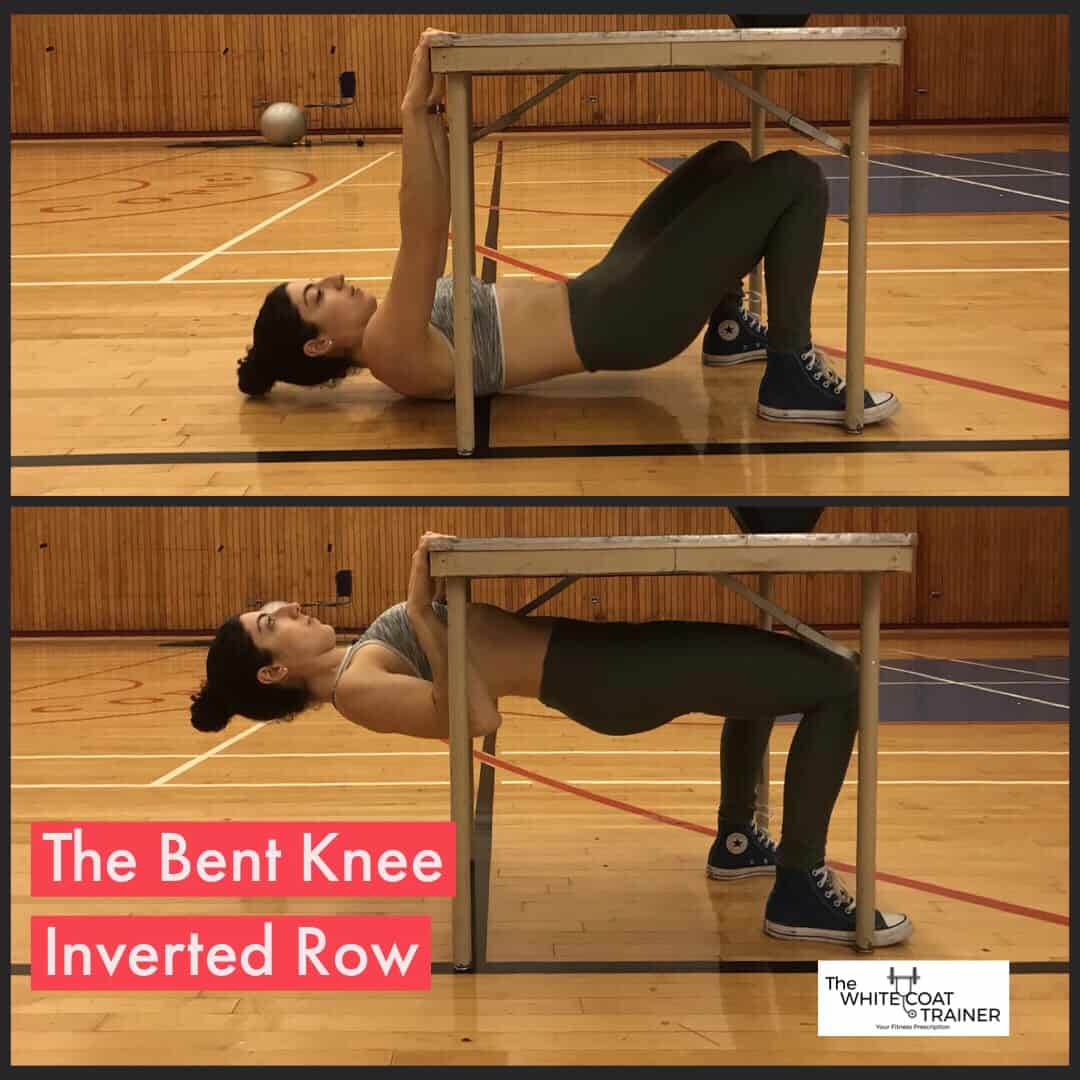
Pull-Up Negatives
This is one of my favorite exercises. Find a box or a bench that will allow you to jump to the very top of the pull-up motion.
From there, slowly (and I mean slowly) lower yourself down to outstretched arms. Take at least 5 seconds on the descent. Repeat.
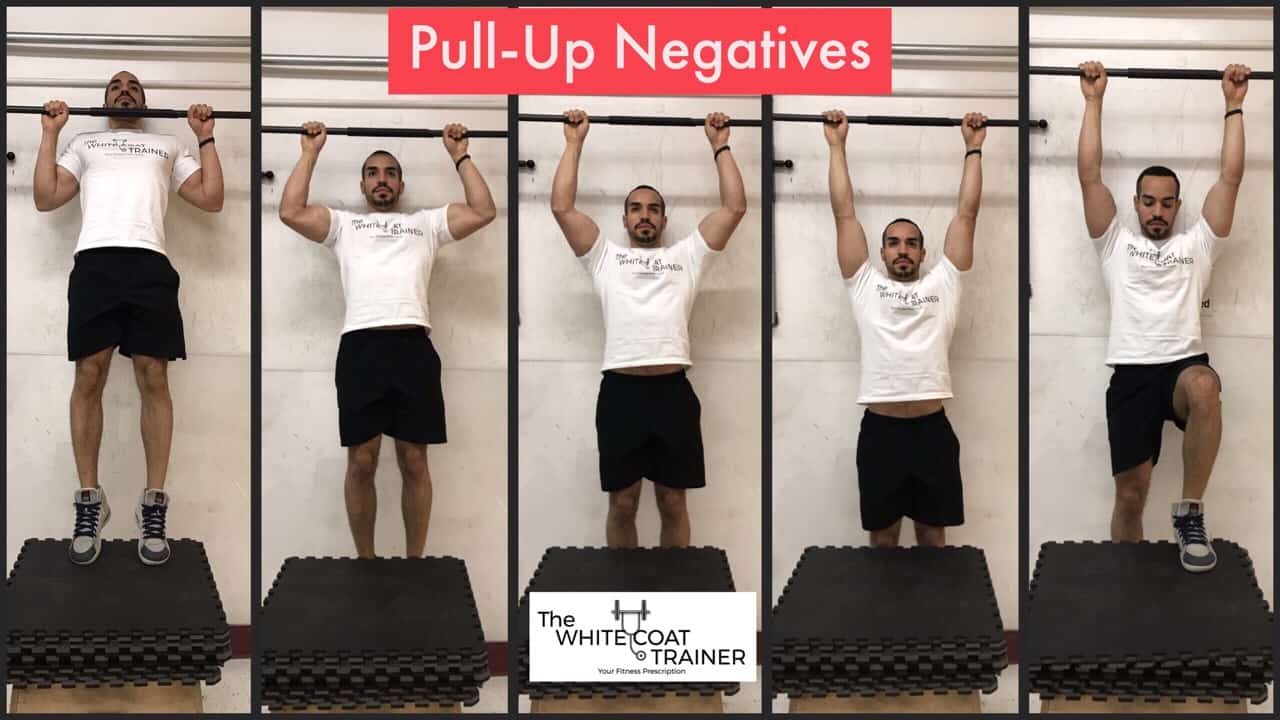
Feet Supported Pull-ups
In this variation, find a box or chair that you can position in front of the bar to help you offload some of the weight. Rest your lower legs on the support and use your heels to help pull yourself up.
Do a pull-up negative to lower yourself back down to the starting position.
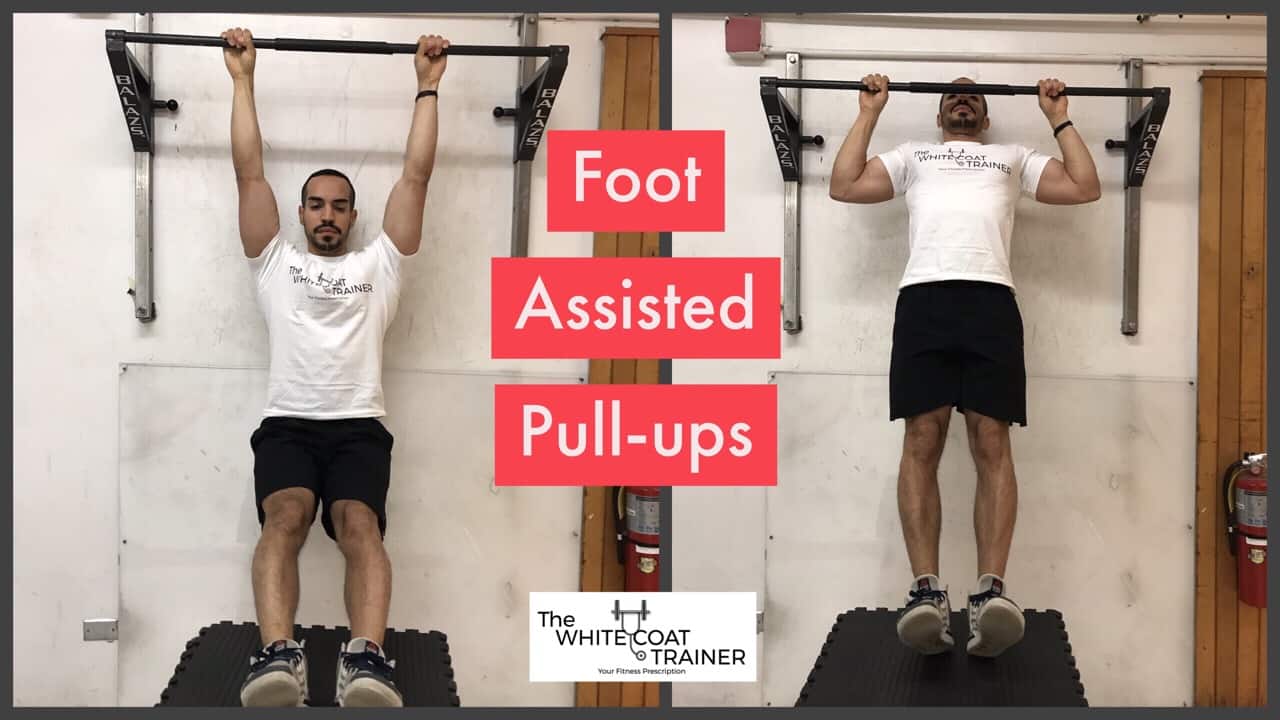
Assisted Pull-ups With Resistance Bands
To do this exercise, you will need a strong closed-loop resistance band like the ones sold in this set
Just loop one end of the band around a
The Standard Pull-Up
The pull-up is to the upper body, what the squat is to the lower body.
It is a great measure of upper body strength and develops the entire upper back into a shredded map.
This is what a proper pull-up should look like.
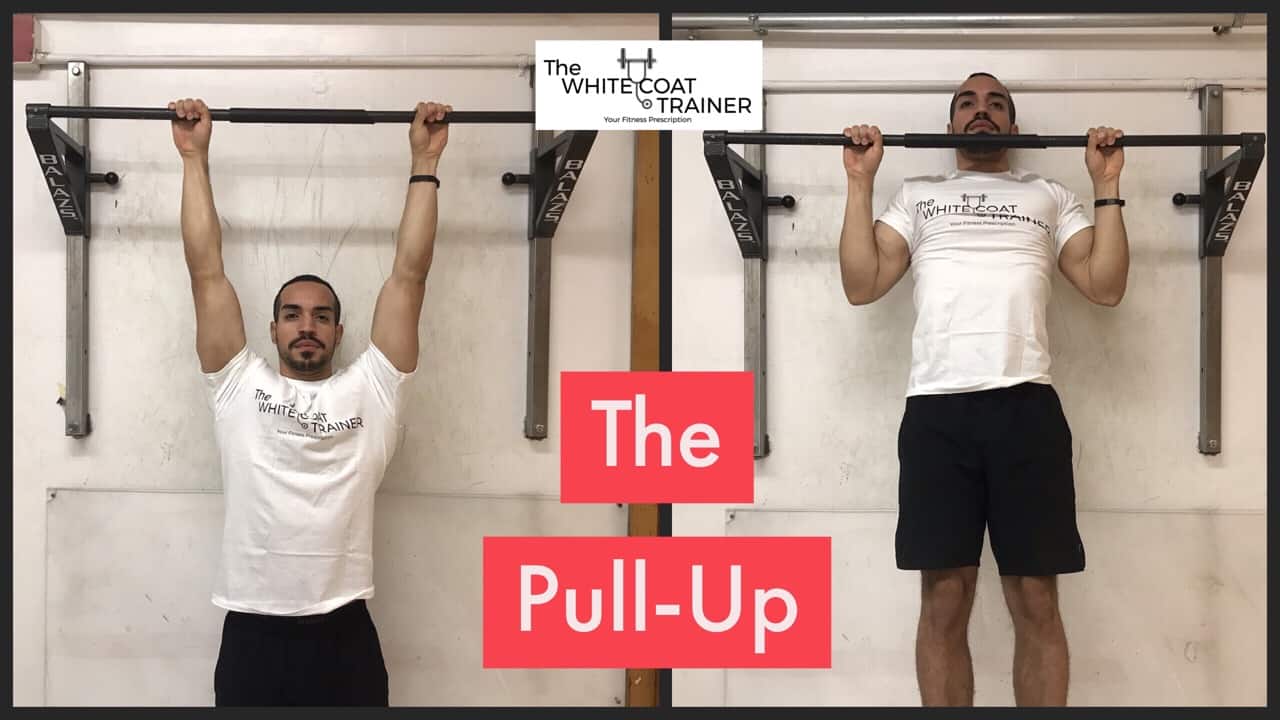
Most people do this exercise incorrectly. You must focus on bringing your chest to the bar, not your chin!
Chin-Ups
The chin-up is a little easier than pull-ups because you get to recruit more arm strength with an underhand grip. If you can do chin-ups, you should be able to do pull-ups.
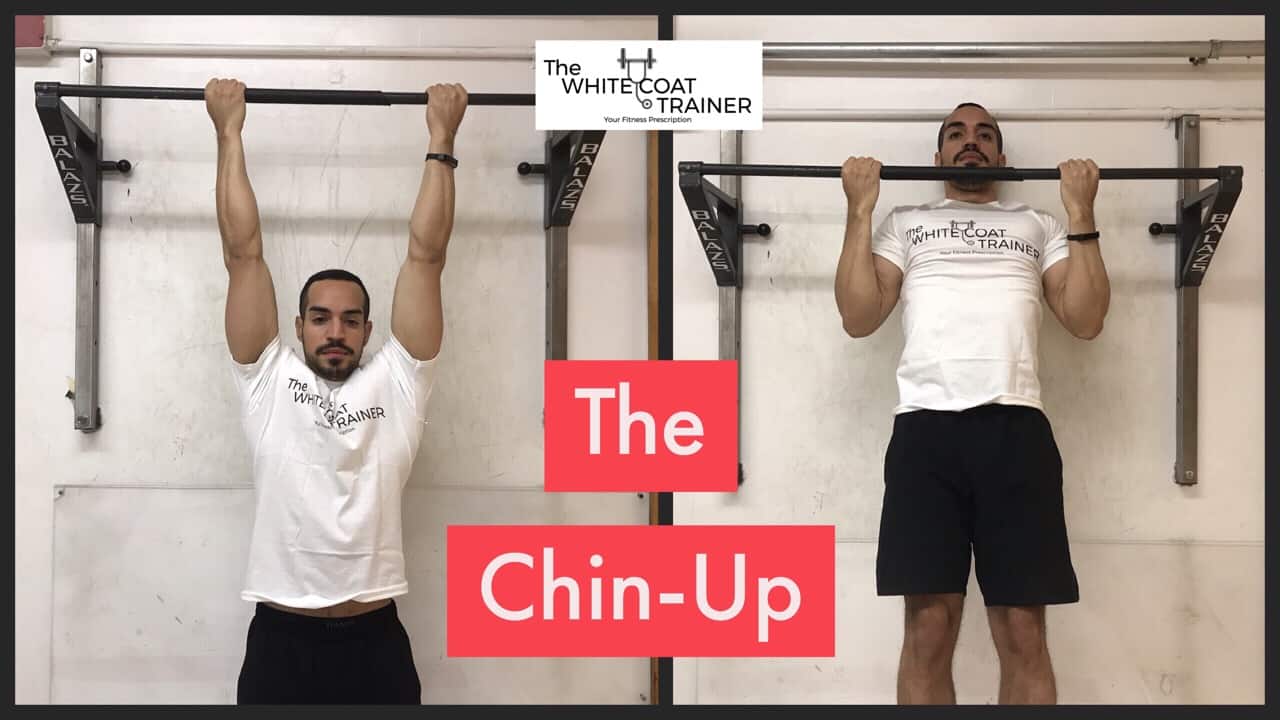
Intermediate Calisthenics Back Exercises
Maybe you are in the top 20% and you can easily get 12+ reps of clean, full range of motion pull-ups.
If you are, then here is how to keep progressing.
Close Grip Pull-Ups
The closer your hands move, the more work your arms have to do to get yourself above the bar.
Keep bringing your hands closer together until you do pull-ups with your hands touching.
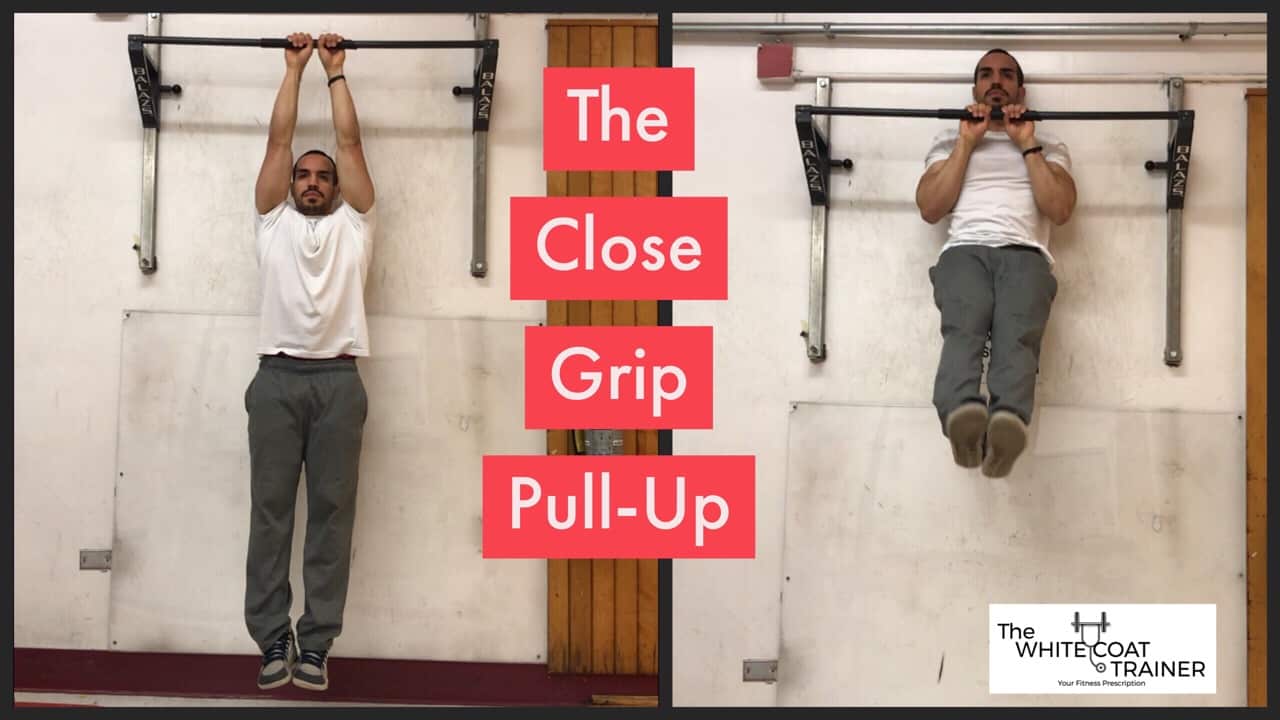
Chest To Bar Pull-ups
This variation increases the difficulty of the exercise because it requires you to bring your chest to physically touch the bar on each repetition. You may need some momentum to help you, but it is important to not swing excessively.
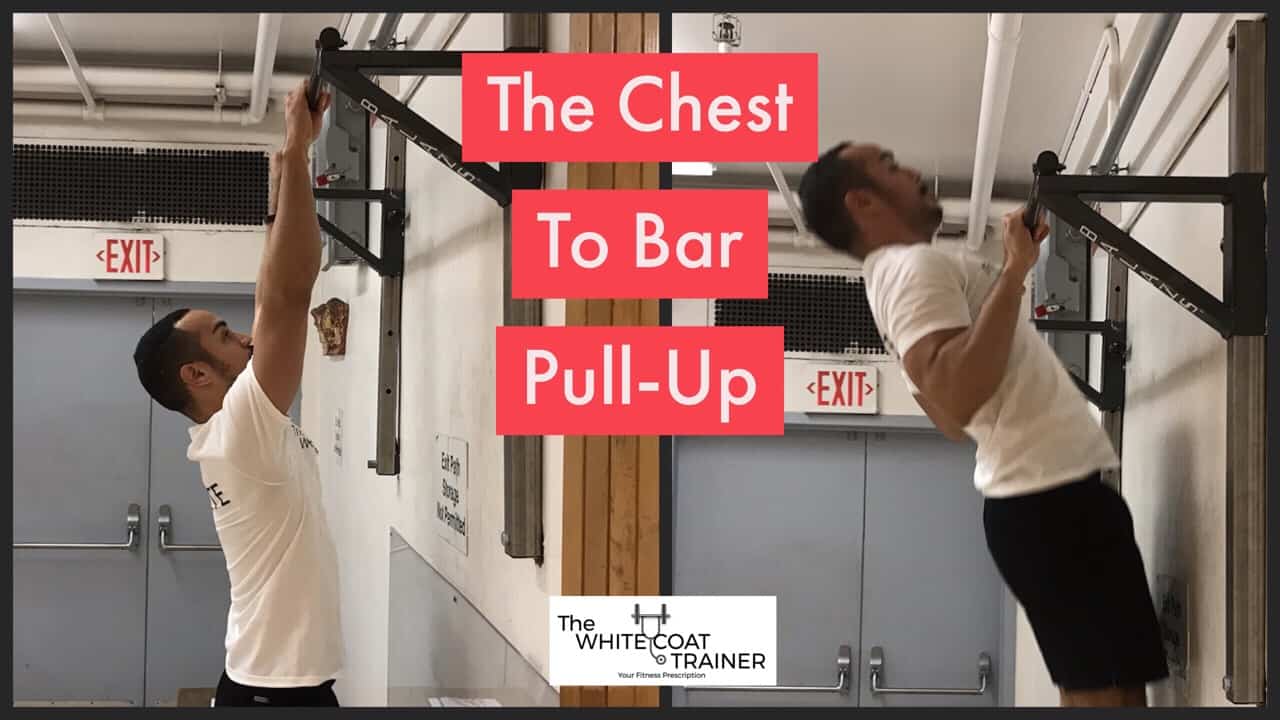
Just like the dynamic push-ups, this exercise can help train explosive strength.
The Wide Grip Pull-Up
The wider grip pull-ups place a greater emphasis on upper back development, particularly the lattissimus dorsi. Place your hands at least 2 fist-widths further than shoulder-width on each side.
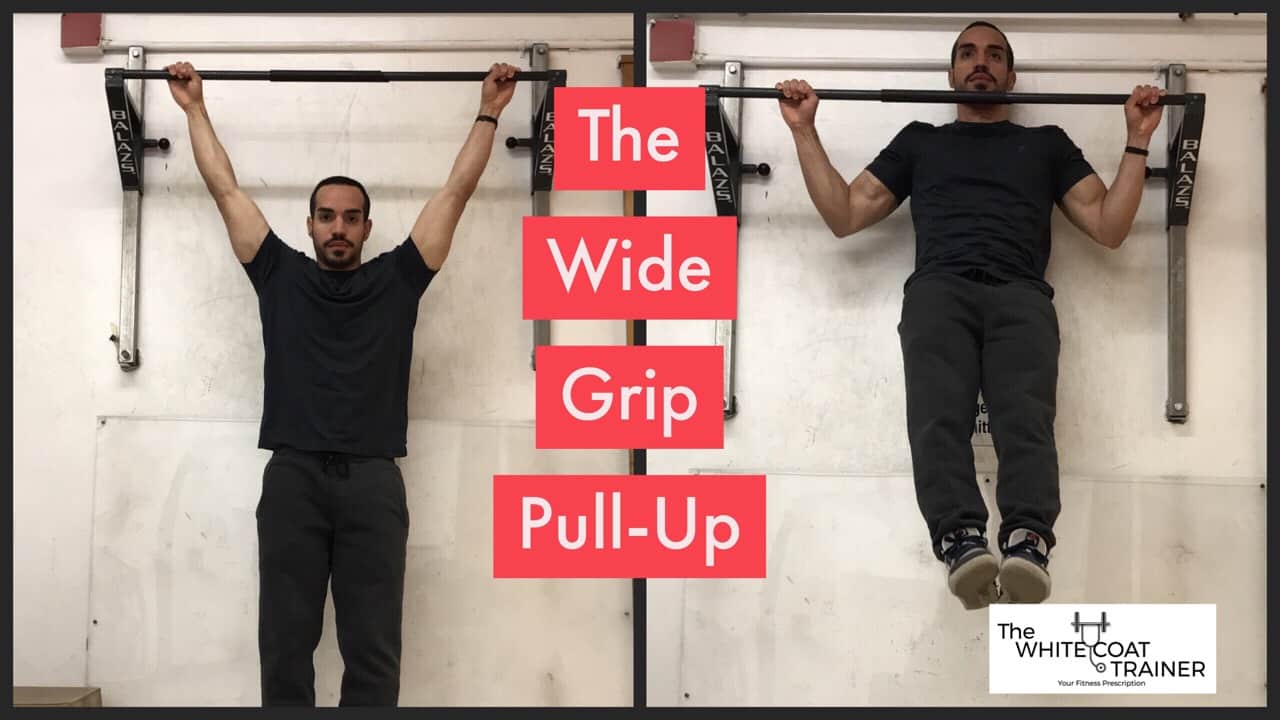
The L-Pull-Up
In this exercise, you are simply going to extend your legs out in front of you creating an L shape with your body. You will do pull-ups like you normally would while maintaining the L shape.
This exercise helps stabilize your body and activates your core musculature.
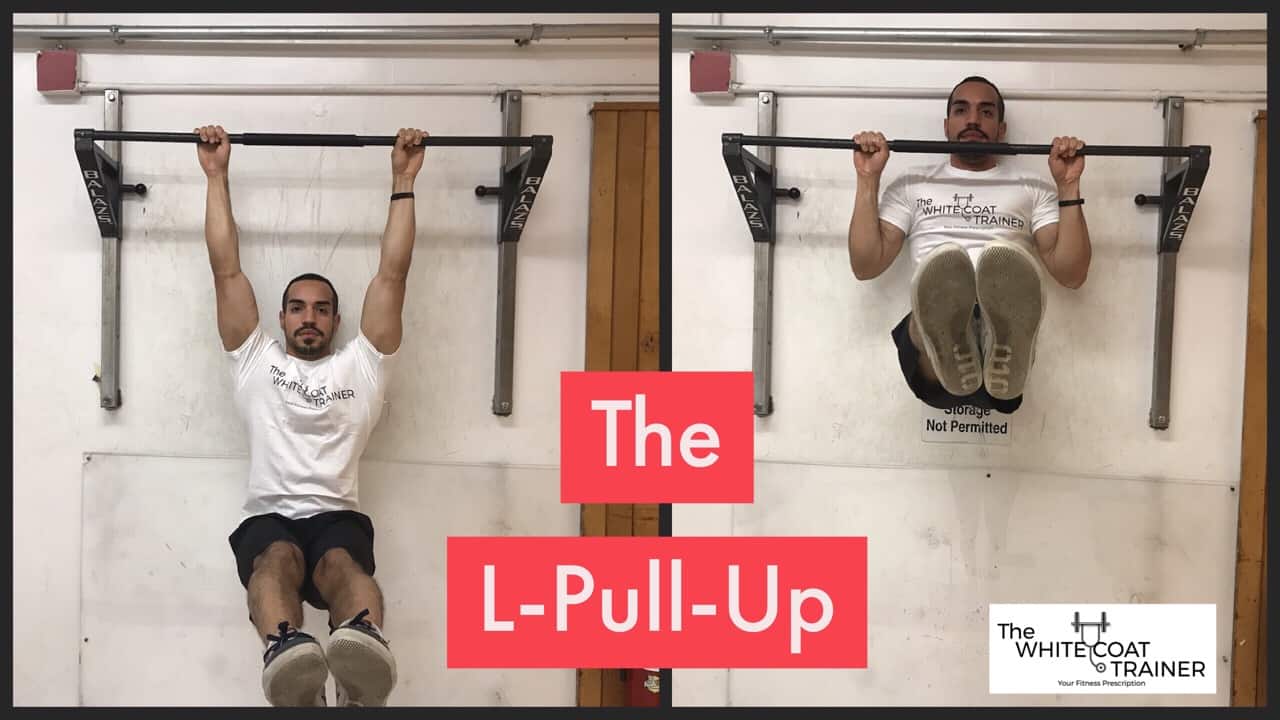
Advanced Calisthenics Back Exercises
Lastly, here are the most advanced calisthenics exercises for your back.
Pseudo 1-Hand Pull-ups
Here is when you get to show off. Grasp the bar with an underhand grip with one hand, then grasp your forearm with the other hand. Do as many as you can on each side.
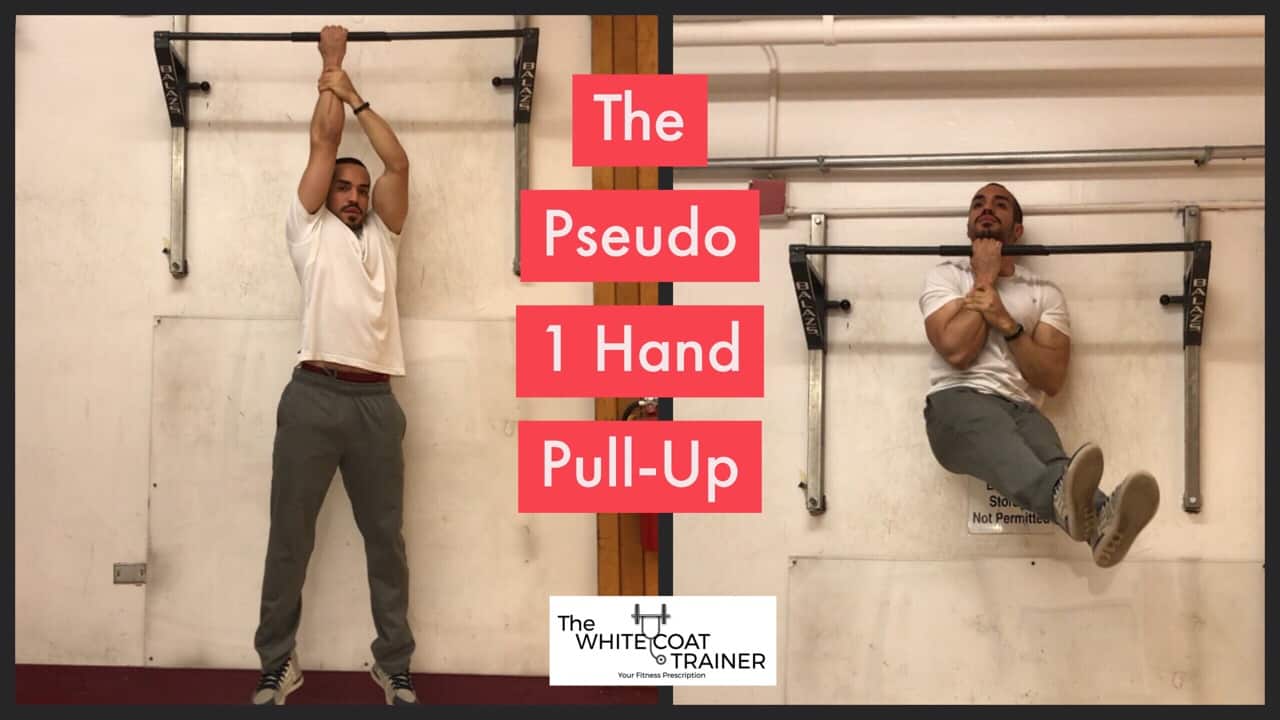
Assisted 1 Arm Pull-ups
Straddle a towel on the bar and grip the towel with one hand and the bar with your other hand. The hand on the bar has to do more work. The lower down you grasp on the towel, the harder the exercise becomes.
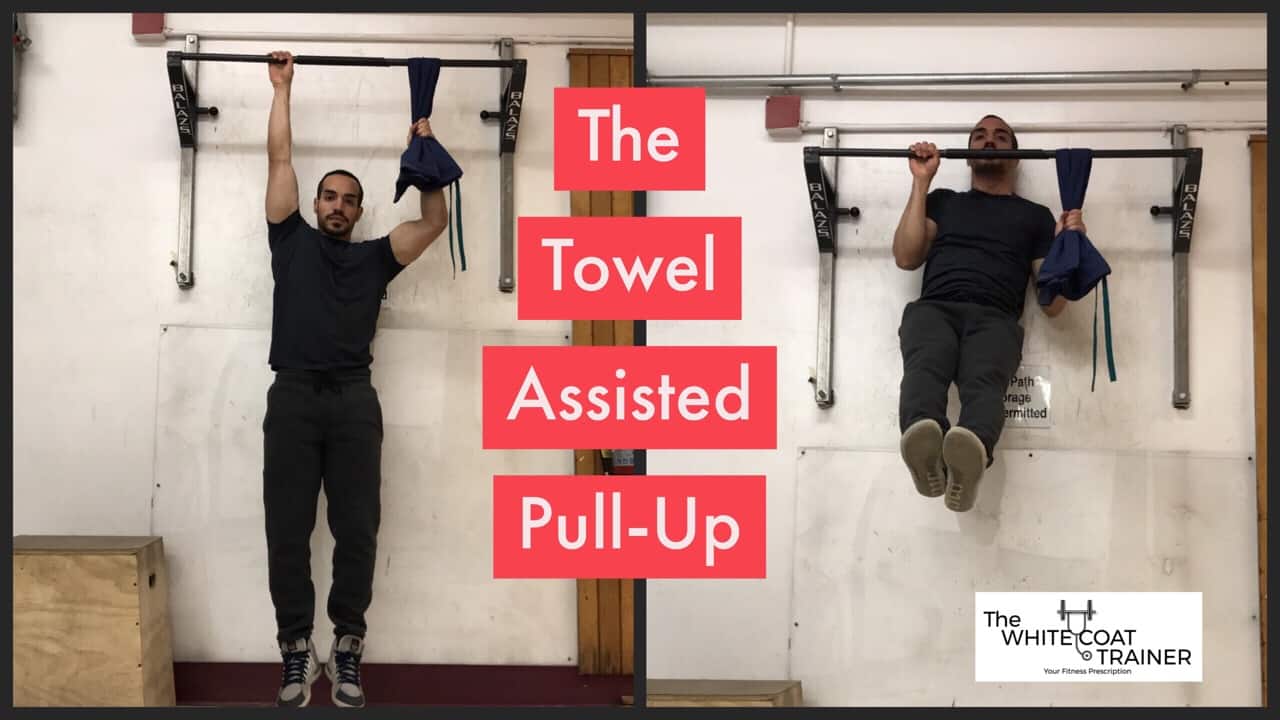
Just make sure to train both sides evenly.
Weighted Pull-ups
If you have mastered all of these variations. Then there’s nothing left but to add some external resistance. You can do this by.
3) A dumbbell between your crossed legs
Here is a great youtube video showing how to do it properly.
The Muscle-Up
Another great pull-up variation is the muscle up. This is an advanced exercise, so unless you have mastered all of the other steps, do not attempt this.
Remember the chest to bar pull-ups from earlier?
In order to do a muscle up, you need to be able to bring your waist to the bar!
From this position, you can quickly flip your elbows upward and go into a bodyweight dip.
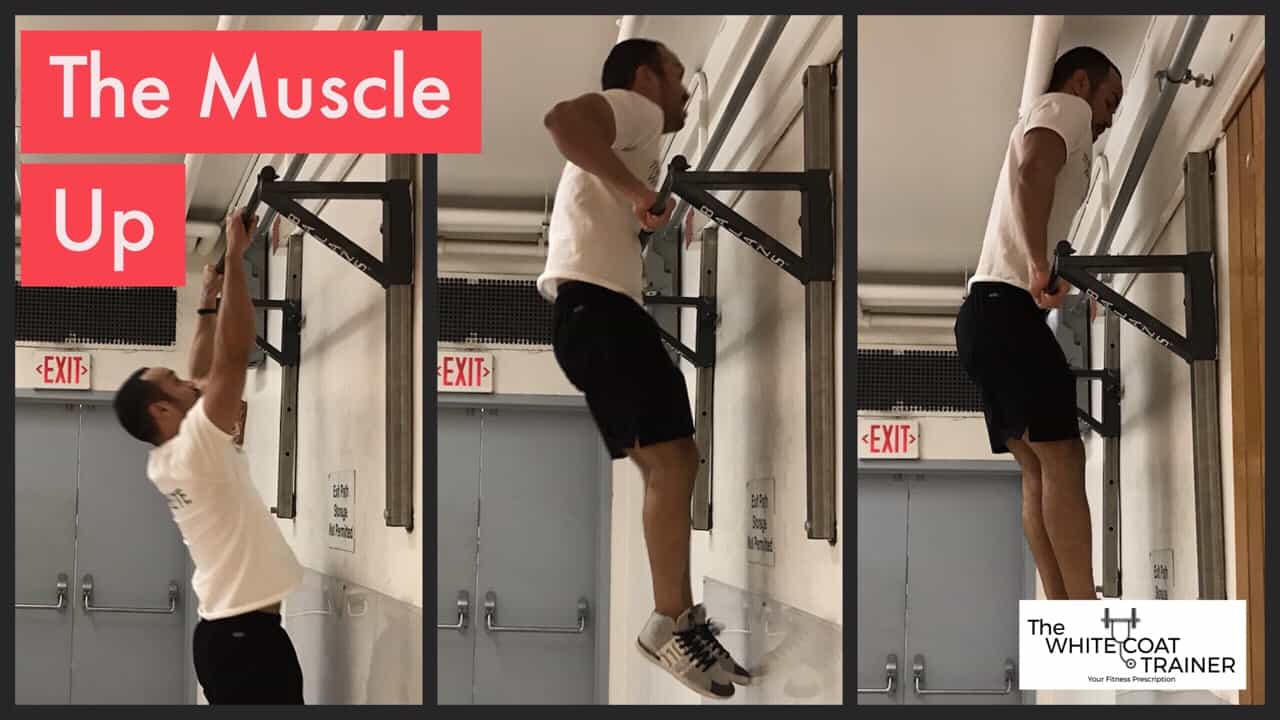
Typewriter Pull-ups
The type-writer pull-up will get you very close to performing 1 arm pull-ups.
Pull yourself up to one side while keeping the other arm completely straight. From here transition your body to the other side while straightening your other arm.
Do not attempt this variation unless you feel very comfortable with pulling exercises in general.
Alright, so that wraps up the pulling section.
Now let’s move onto vertical pushing, to develop shoulders stronger than boulders.
The Best Calisthenics Exercises For Your Shoulders- The Vertical Push
Who doesn’t like a nice set of arms?
Well-developed arms have always been a sign of strength.
In this section, we will go over some powerful bodyweight movements to help shape your triceps and your shoulders.
Beginner Calisthenics Shoulder Exercises
We will start off with the most basic movements.
Kneeling Pike Push-Ups
Similar to the kneeling push-up, kneel down on a mat and then create a pike position by bringing your hands as close to your feet as possible. From here bring the top of your head to the floor by bending at the elbows.
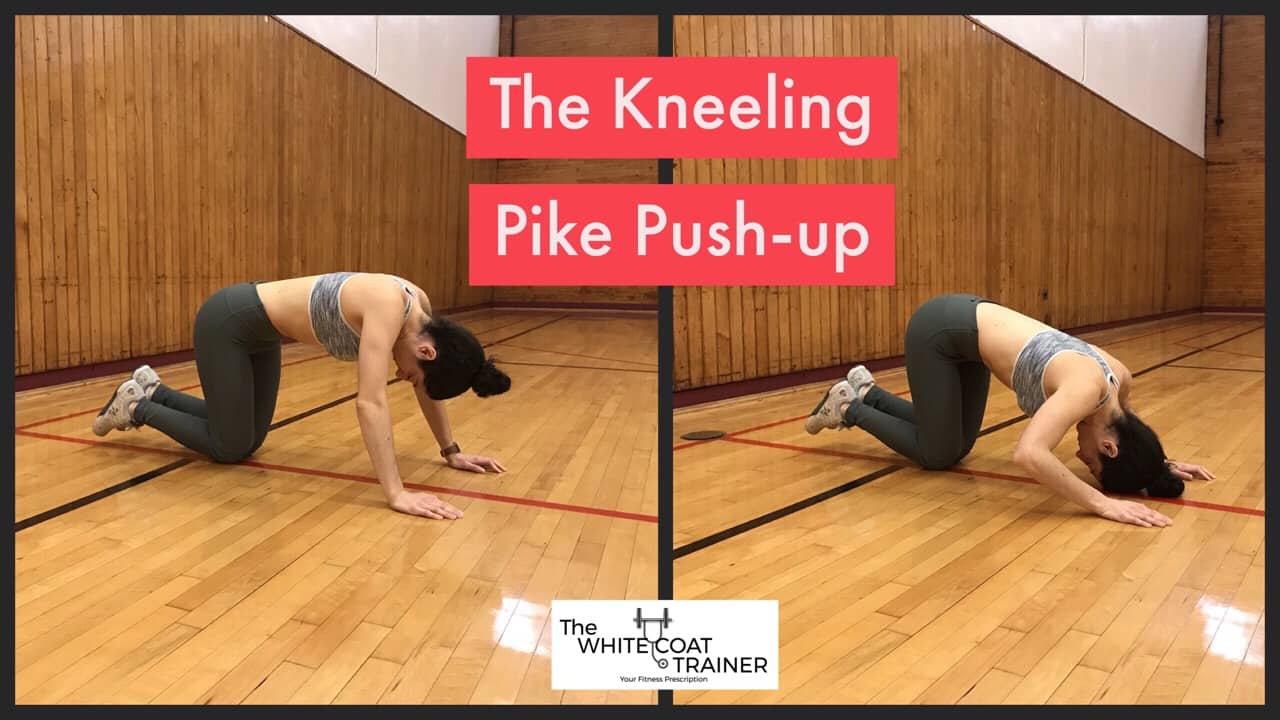
Incline Pike Push-Ups
Place your hands on the edge of a table or chair and get into the V shape of the pike push-up (on your tippy toes). From here perform the pike push-up as seen above. The higher the ledge, the easier the exercise and vice versa.

As you get stronger, continue lowering the incline.
Eventually, you should be able to do them on the floor.
The Pike Push-Up
The pike pushup is an intermediate exercise between the standard push-up and the handstand push-up.
Bend down and put your hands on the floor at shoulder width. From here, get onto your tippy-toes and try to create a V shape by bringing your hands and feet as close together as possible.
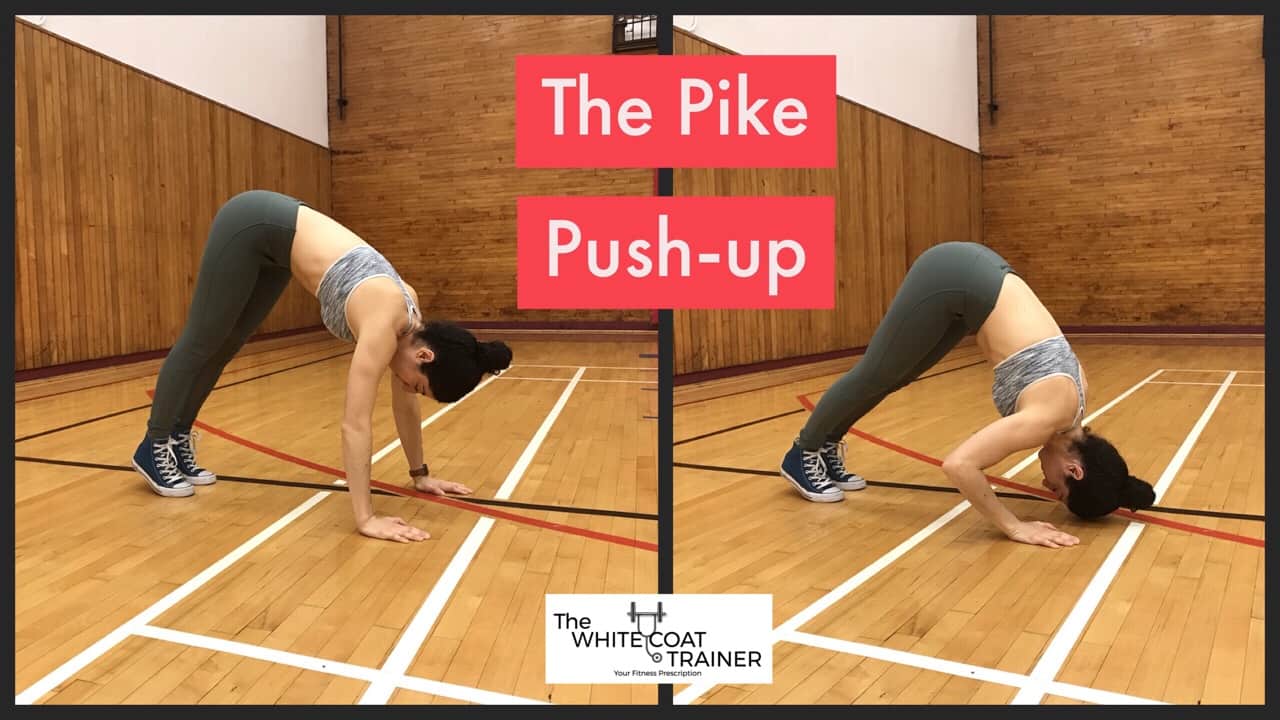
From this position, bend at the elbows at a ~60-degree angle from your body until the top of your head touches the ground.
Pause for a second, and press back up by pushing hard against the floor with your hands.
Intermediate Calisthenics Shoulder Exercises
If you are an intermediate, you may find pike push-ups easy.
If you can get 12+ reps of pike push-ups easily, then you can try adding a progression.
Here’s how to do it.
Close Grip Pike Push-up
Just like the push-up, the pike push-up becomes much harder as your hands move closer together. Keep bringing your hands closer together until you do them with your hands touching.
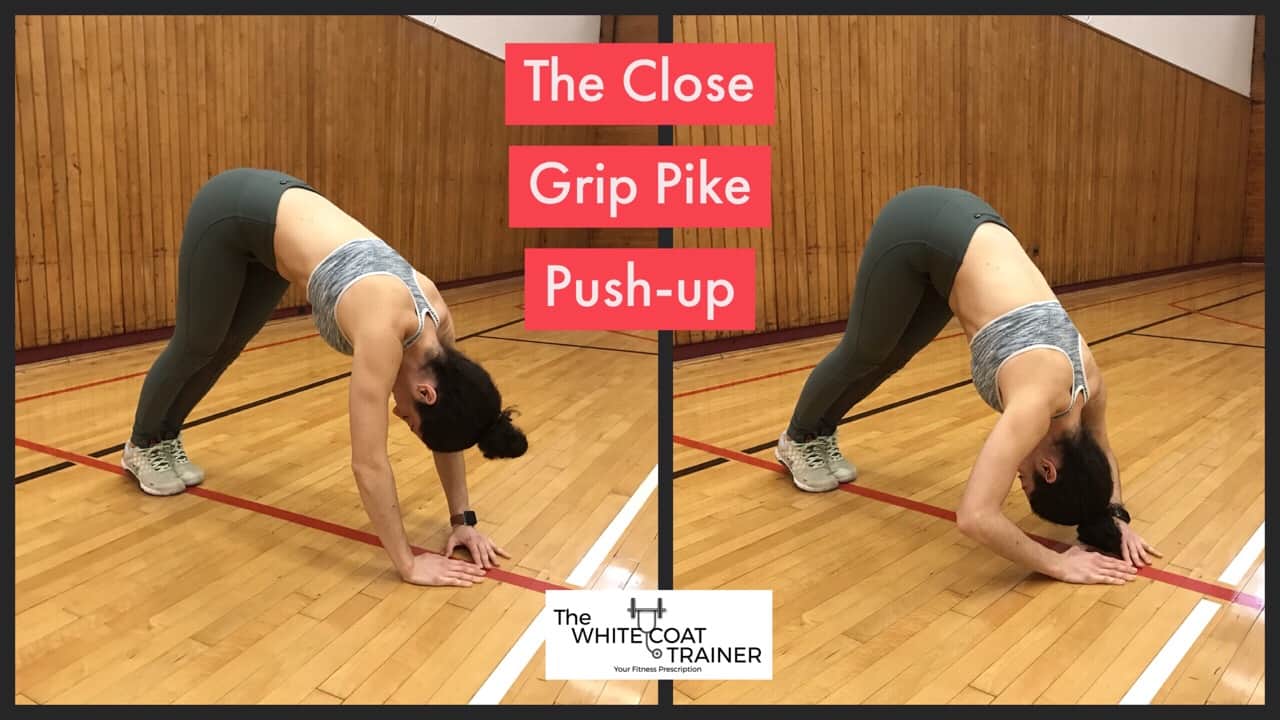
Decline Pike Push-ups
Elevate your feet on top of a chair and position yourself in the same V shape. The chair will put significantly more weight on to your shoulders, making the exercise much more difficult.
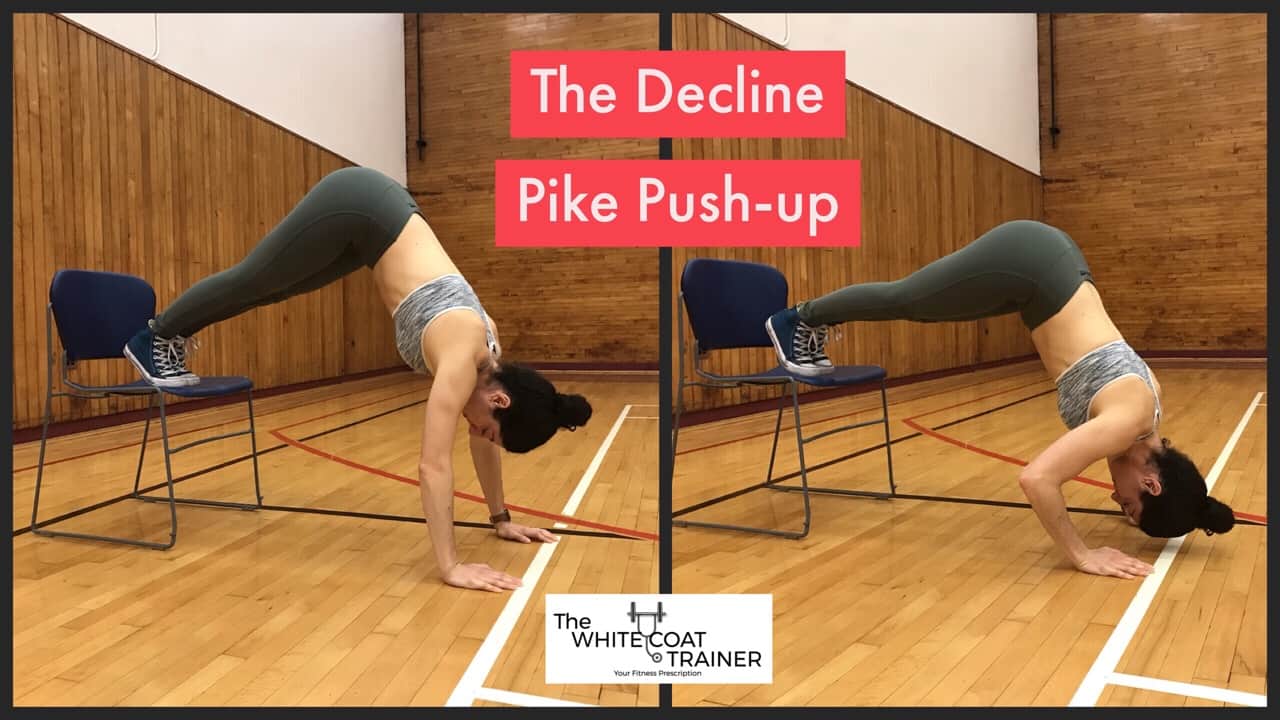
Wall Hand Stands
At this point, you should be ready to tackle a handstand. Face a wall and stand ~6 inches away from it. Kneel down on your hands and knees and bend one knee up towards your head while the other is extended straight behind you.
Secure your hands on the floor at approximately shoulder width, with your arms extended and locked.
From here, kick off hard with the bent knee, which should help you propel both legs up into the air and towards the wall. Gently find the wall with the heels of your feet and extend your entire body.
Keep everything tight and locked.
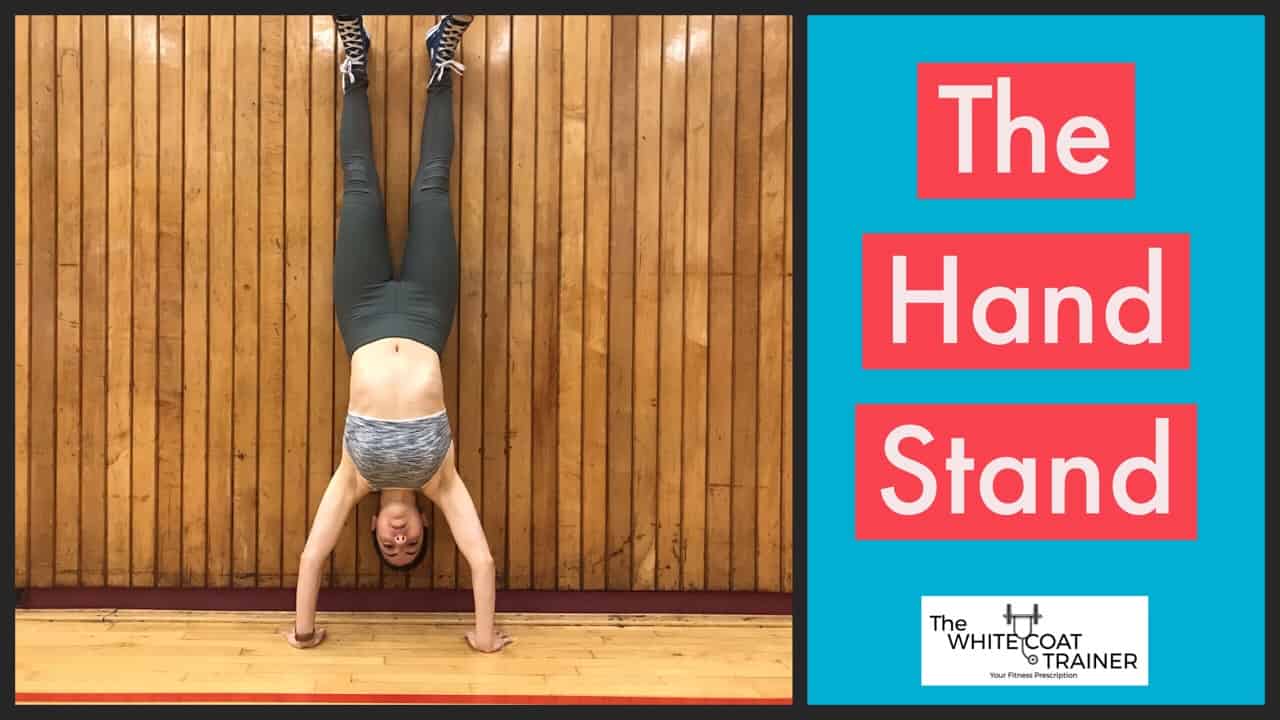
Advanced Calisthenics Shoulder Exercises
Alright, now to the tough exercises.
Handstand Push-ups
Once you are comfortable in a handstand, feel free to begin bending at the elbows and performing handstand pushups until your head is touching the floor on every rep.
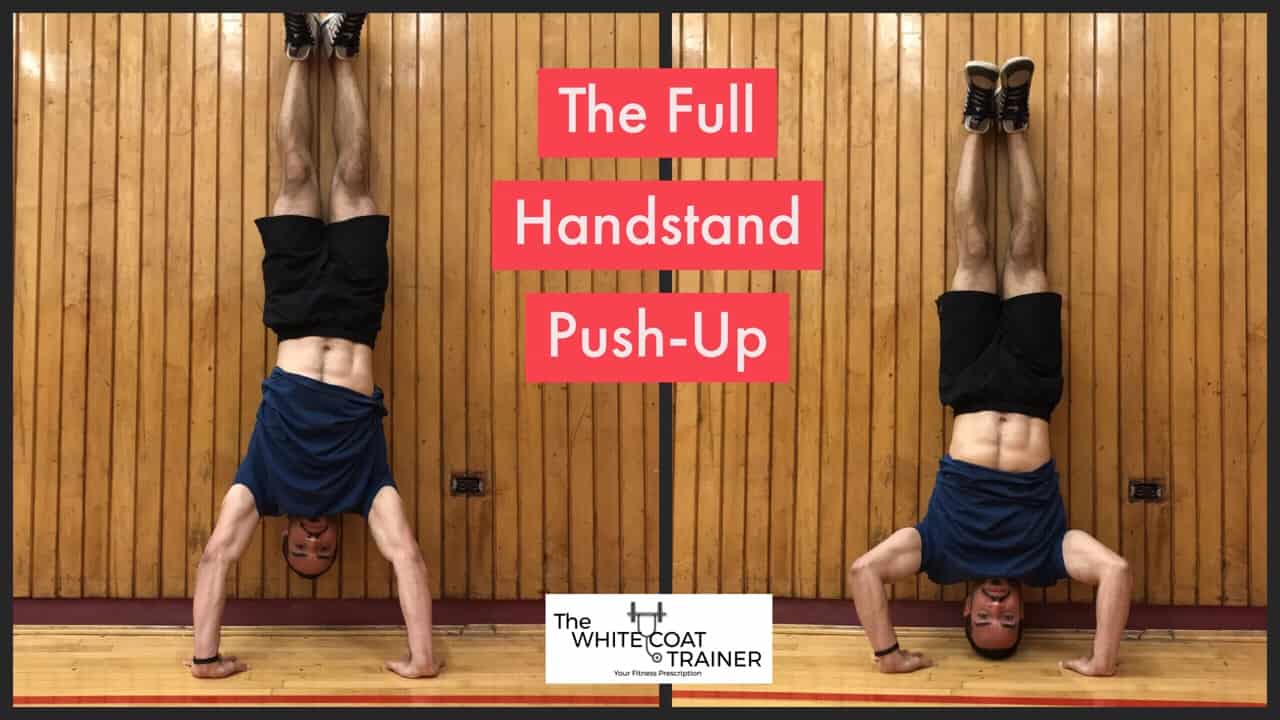
Chest To Wall Handstand Push-ups
This is the most difficult variation of all. You will do handstand push ups but with your chest facing the wall. Bring your hands closer than shoulder width to increase the demand on your arms.
Free Standing Hand Stand Push-ups
Once you are good at hand stand push-ups. Start working your way towards free standing hand stands with push-ups.
The shoulders are a complex muscle group – so much so that we created an entire post just for the shoulders.
Check it out here: 21 Best Bodyweight Shoulder Exercises.
Okay, so I think we have sufficiently hit the upper body. Did I mention that all of the exercises above also train your core?
That’s the beauty of calisthenics exercises. They are automatically compound exercises whether you meant for them to be or not.
Now, the next section will teach you how to develop legs that are strong and aesthetic!
Keep reading.
The Best Calisthenics Exercises For Your Legs- The Squat
Legs are starting to become one of the most popular muscle groups in the fitness industry.
As the strongest muscle group in the entire body, they can do some serious things! With that said, if you want to develop your legs, you need to perform some type of squatting exercise.
In this section, we cover the best squatting exercises you can perform, regardless of your level.
Beginner Calisthenics Leg Exercises
If you cannot perform basic squats, don’t be embarrassed. Many people can’t.
But here’s the truth.
99% of people in this world, can and should be able to do squats with proper form.
Here’s how to work up to them.
The Half Squat
Not everyone will be able to do a full squat simply due to flexibility. If you can’t, then perform the squat as low as you can comfortably go. Over time, you will gain more range of motion and be able to go lower.
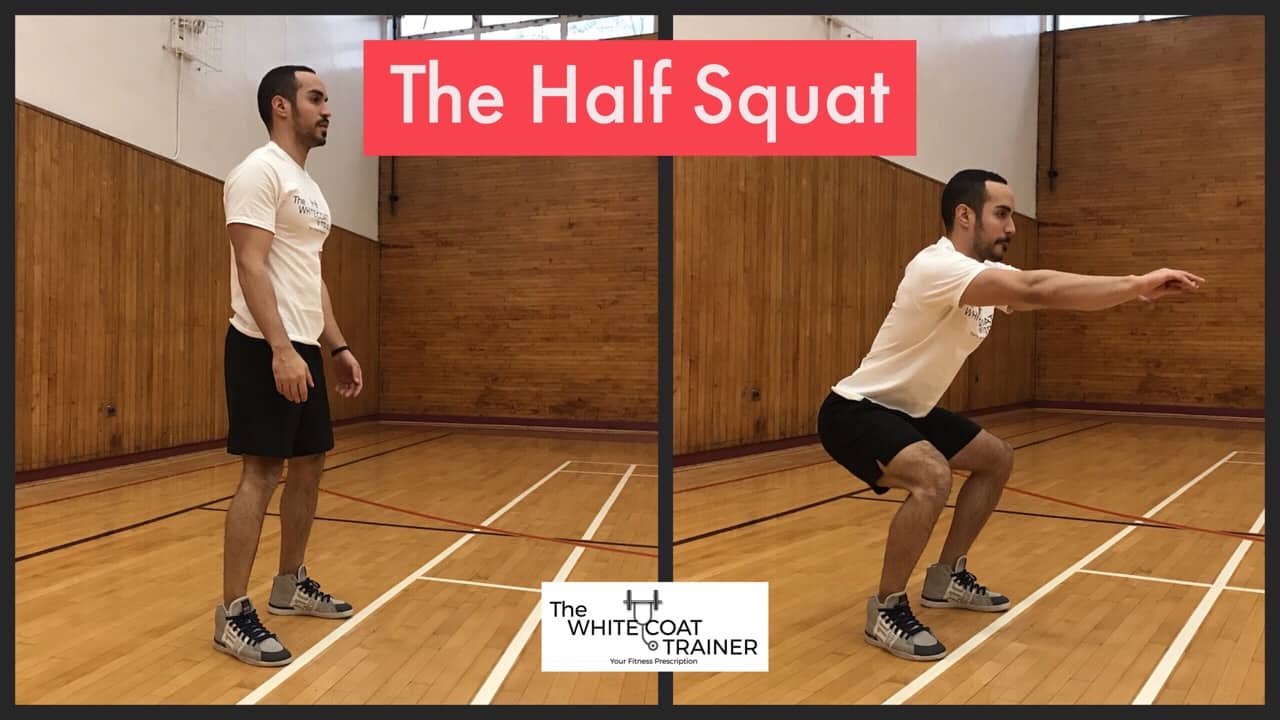
The Full Depth Supported Squat
In this exercise, you will simply have a chair or something that you can use to help push yourself back up from the bottom position.
The purpose of this exercise is to get you comfortable going all the way down to a full range of motion squat.
Basically, you will then use both your arms and your legs to squat back up.
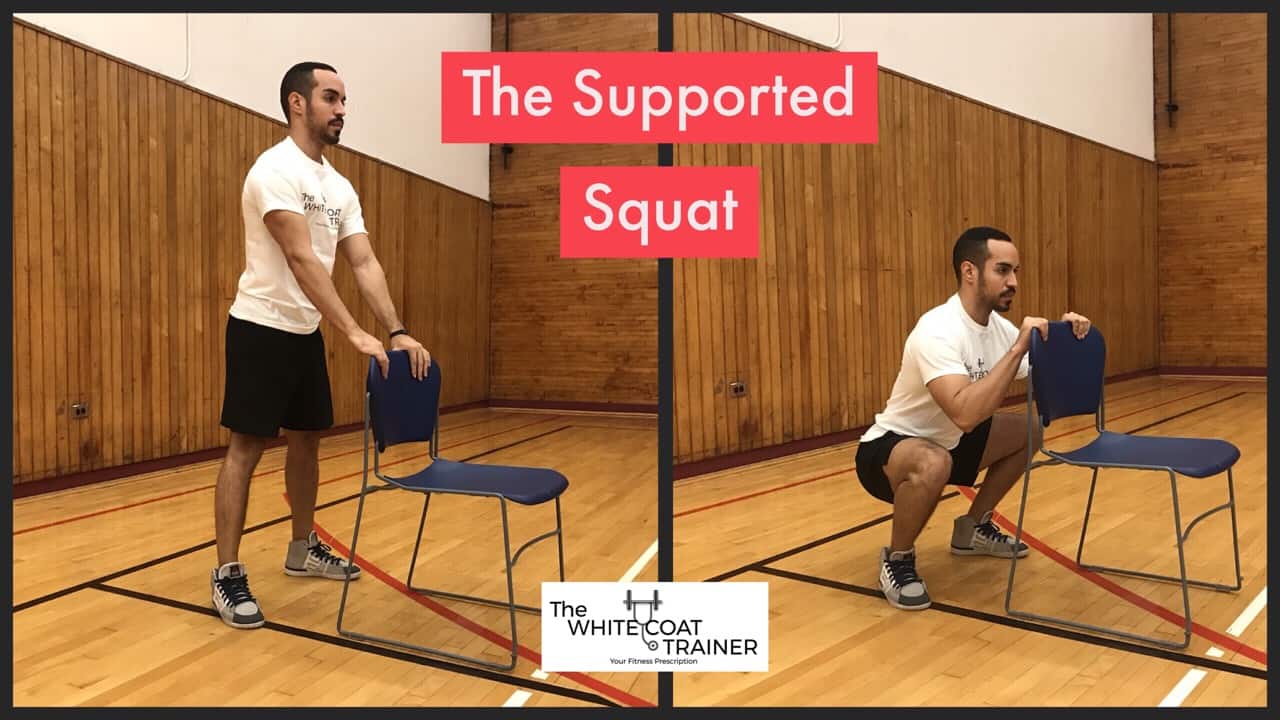
The Air Squat
The squat is the most fundamental human movement.
In a perfect squat,
- Your hips should be below your knees when looking from the side
- Your feet should remain flat on the floor the entire time
- Your knees should never create a valgus angle (i.e, never let your knees be more medial than your feet)
- Your spine should remain in a neutral position.
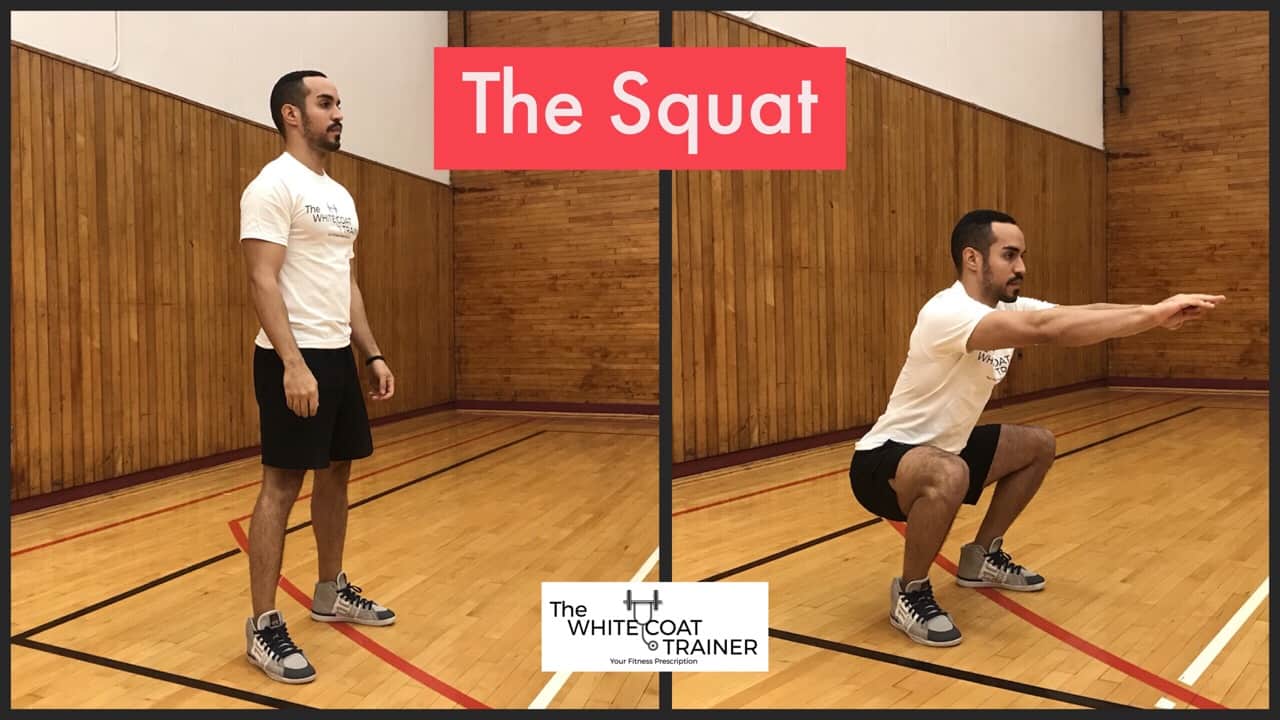
The Box Squat
Here’s another variation you can add to the mix that will help you get to full squats. Simply squat down onto a chair or a sturdy box and pause at the sitting position for a 1 count.
From here, push down firmly into the ground to stand back up without the use of your hands.
Start out with a high chair, and slowly make the chair or the box lower and lower.
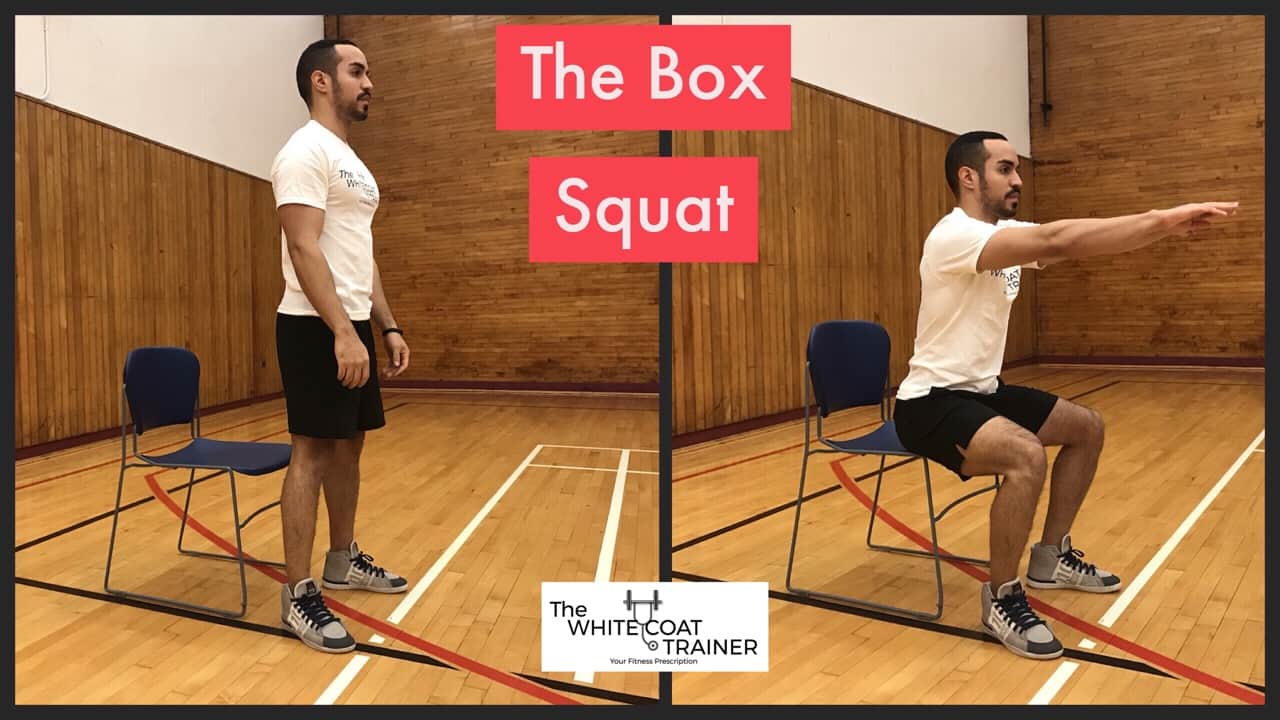
The Wall Sit
Simply squat down to the bottom position with your back firmly against a wall and hold it. You can also add weight in the form of books or people on your thighs to make the exercise harder.
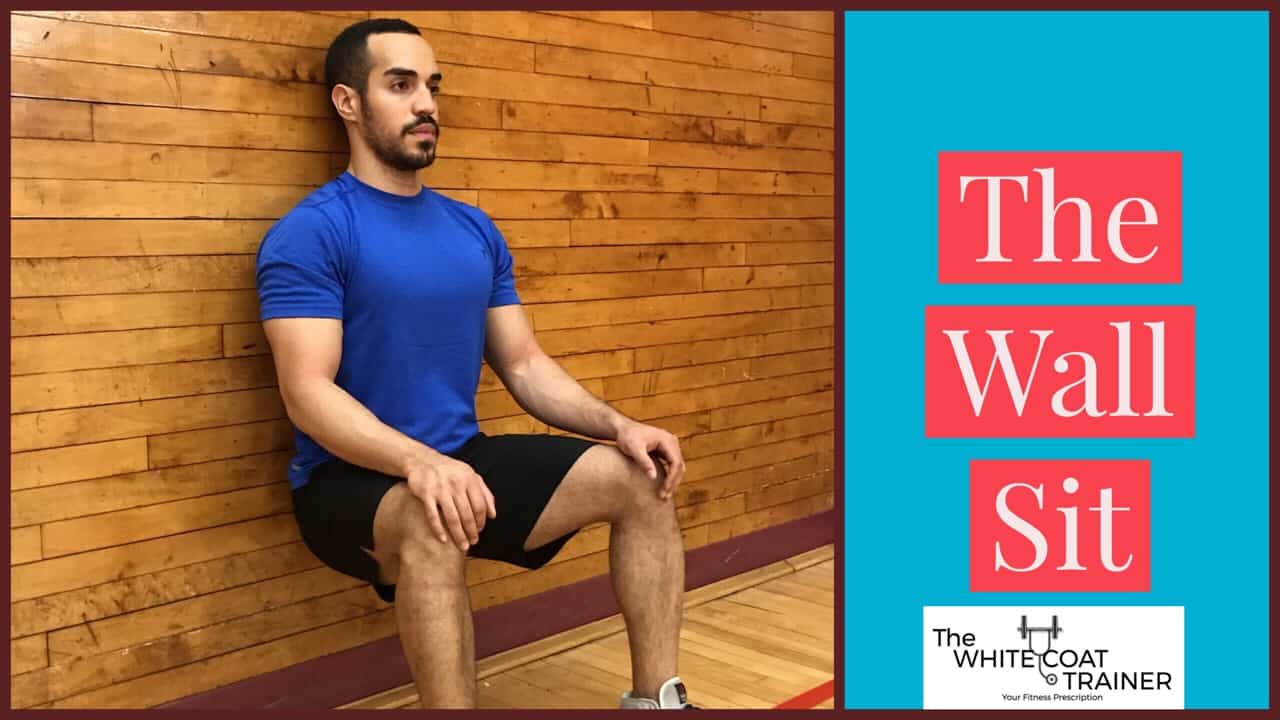
Intermediate Calisthenics Leg Exercises
It is absolutely important that you can do squats correctly before making them harder.
Your form should be perfect!
Is your form perfect and you can do 20+ reps? Ok, so let’s move on.
Here’s how to make squats more challenging.
Close Stance Squats
Just like the upper body exercises, you can increase the difficulty of the squat by moving your feet closer together.
Unlike the push-ups, you will eventually be limited by your flexibility. But if you can perform squats with your heels touching, then you are bad-ass.
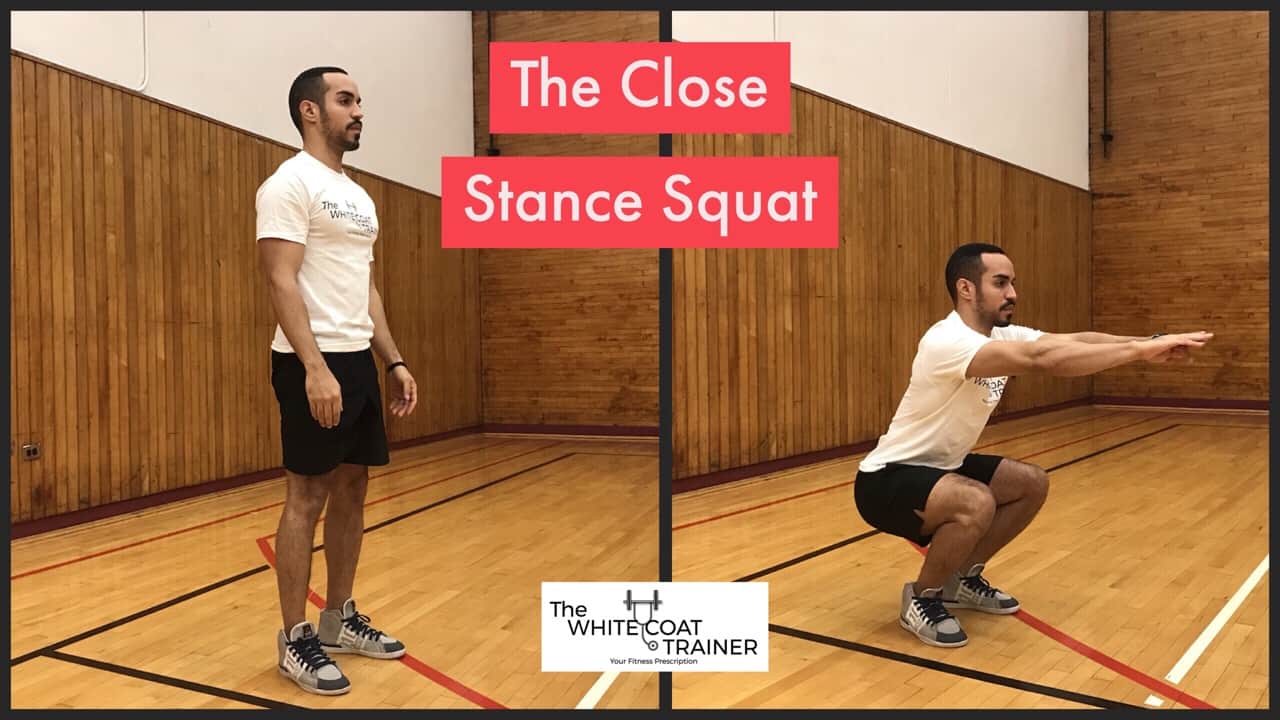
Archer Squats
Another simple way to add variety and difficulty is to perform the reps one leg at a time. Set your stance wide and squat down to one side while keeping the other leg straight.
Simple, yet effective.
Advanced Calisthenics Leg Exercises
The only thing left to do is squat on one leg. Here’s how.
1 Leg Box Squat
This exercise requires a sturdy box or a chair. Simple stand ~6 inches in front of it and balance yourself on one leg. From here, begin squatting down in a smooth controlled motion while keeping your other leg straight out in front of you for balance.
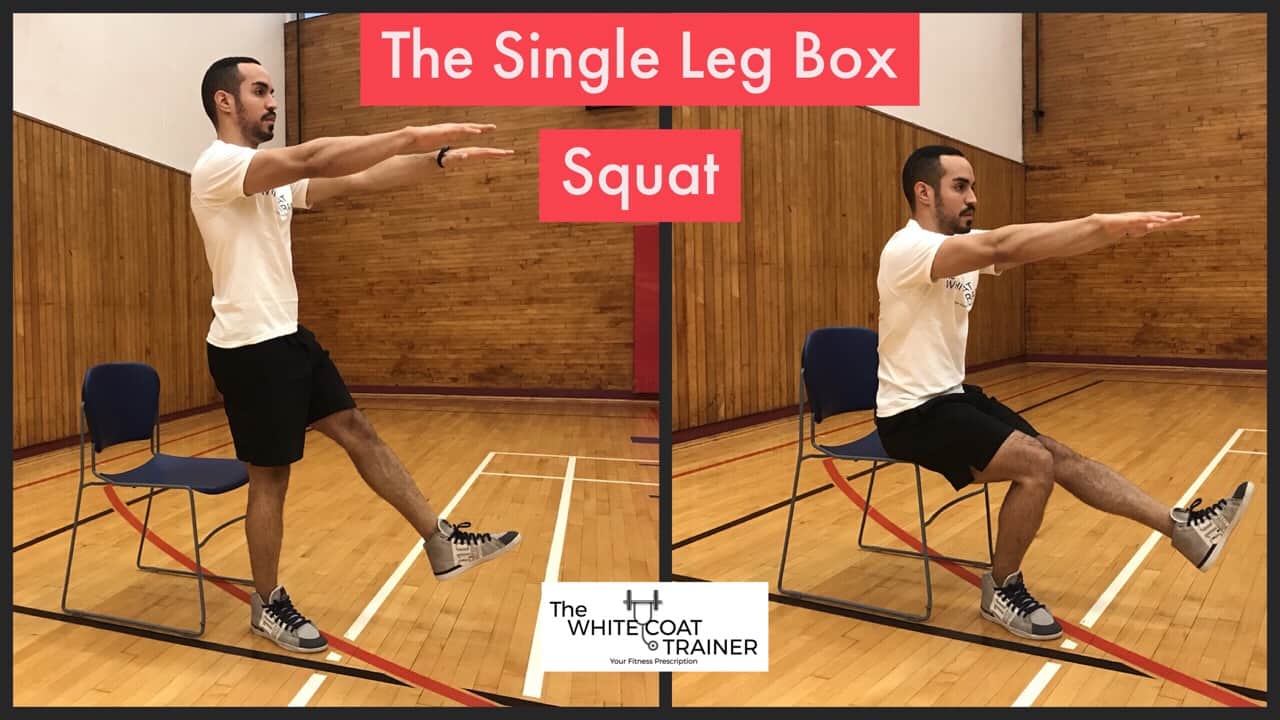
Slowly sit down on the box, pause for a 1 count and push back up with the working leg, while never letting your other leg touch the ground.
Pistol Squat
Here is the most difficult progression. The 1 leg squat, also known as pistol squats. There is no box, and you are squatting all the way down on one leg and coming all the way back up.
It should come as no surprise that you need to have adequate flexibility in all of the joints in your lower body to do this exercise.
If you cannot perform this exercise, you can perform pistol negatives off of a box, or a supported pistol where you use your arms to help you come back up.
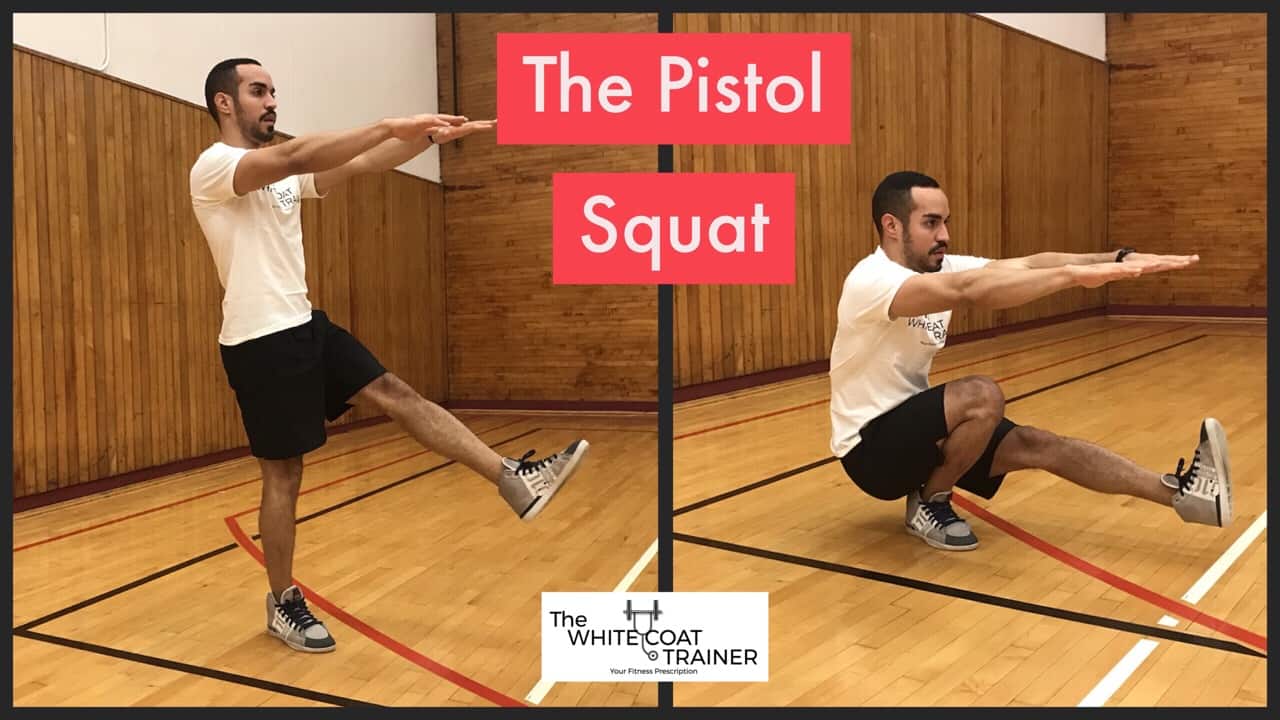
Box Jumps
While not technically a squat, the box jump is another variation of the explosive squat. Crouch down, forcefully extend at the hips and jump onto a sturdy box in a semi squat position.
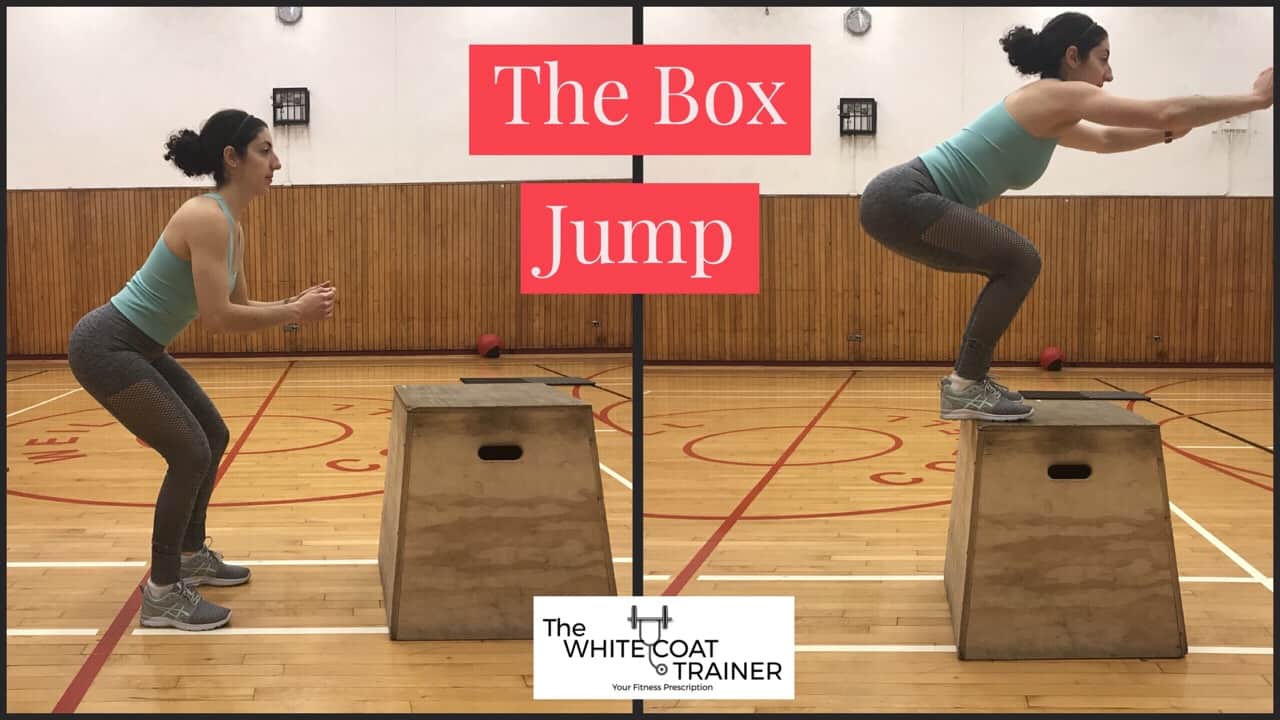
This exercise is included in the advanced section as it requires a great degree of athleticism, coordination, and balance. Don’t underestimate this exercise, and do it correctly!
Alright, so that wraps up the squat section.
But we aren’t done with the legs. You still have to be able to demonstrate split strength too.
How?
I’ll show you.
The Best Calisthenics Exercises For Balance and Coordination: Single Leg Training
If you want to improve your overall strength and athleticism, you also have to include single leg training in your exercise routine.
Here’s the deal:
Single leg exercises will improve your balance, your coordination and strengthen stabilizer muscles you didn’t even know existed.
Which single leg exercises are the best? This section will cover them in detail.
Beginner Single Leg Calisthenics Exercises
If you have poor hip flexibility, you will probably struggle with maintaining good form on the single leg movements.
No worries, here are a few simple ways to scale back this incredible exercise.
The Split Squat
Simply stand with your feet as far apart as you comfortably can. Point your toes forward and maintain a tall neutral spine. From here squat straight down slowly, and come right back up slowly.
If you need to, you can hold onto something for support.
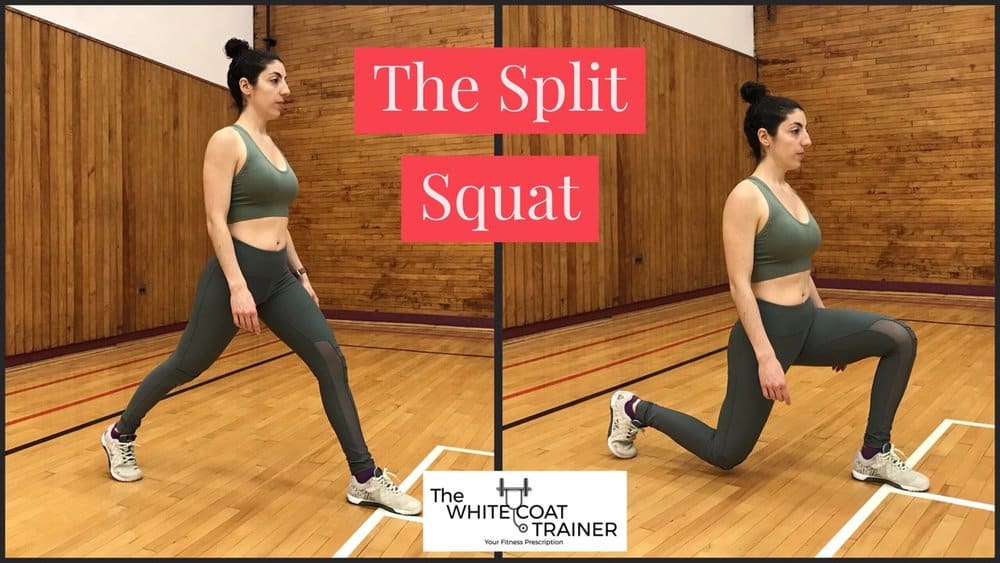
The Lunge
Stand with your feet together and step backward as far as you comfortably can with one foot while you begin to crouch into a lunge.
You will know that you are in an optimal lunge position if your front leg is at least at a 90-degree angle in the bottom position, and the back knee is directly under or behind your hip.
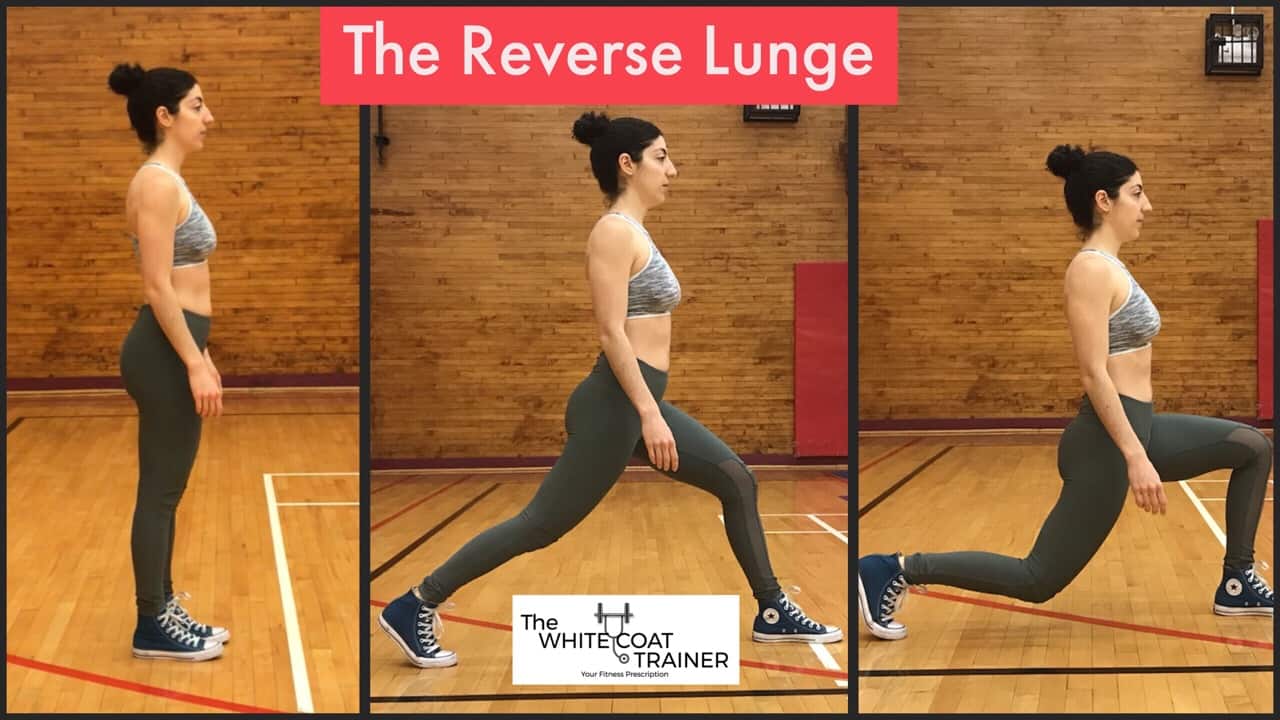
The Step Up
Find a sturdy box or a low chair that you can step onto with one leg at a time.
AVOID using momentum and focus on really driving all of the pressure into the front foot. DO NOT push off with the back leg.
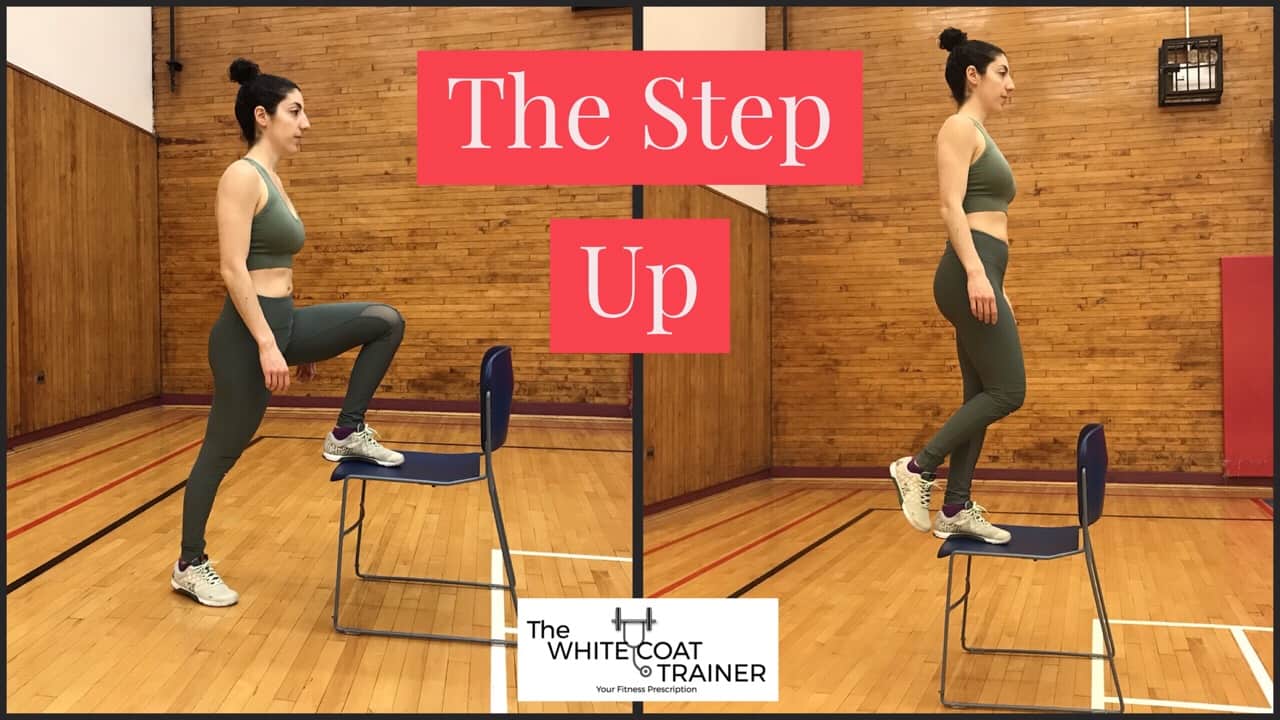
Always start with a low box. (Disclaimer – In this picture, the box is relatively high!)
Over time, find a box that is taller as you get stronger.
Intermediate/Advanced Single Leg Calisthenics Exercises
Everyone does lunges on a regular basis. It happens every time you bend down to pick something up or to tie your shoes.
But after a while, doing a reverse lunge will become easy. If you can master 12+ balanced, beautiful reps per side, then you can make the exercise more challenging.
1) Walking Lunges
One of the easiest ways to increase the difficulty of the exercise is to start walking.
Instead of doing reverse lunges like before, you have to step forward. You will notice that moving forward will require more balance and coordination.
Lateral Lunge
In this variation, you lunge towards your side rather than in front/behind you. This exercise trains the adductor muscles more than anything, but another exercise you can add to your arsenal.
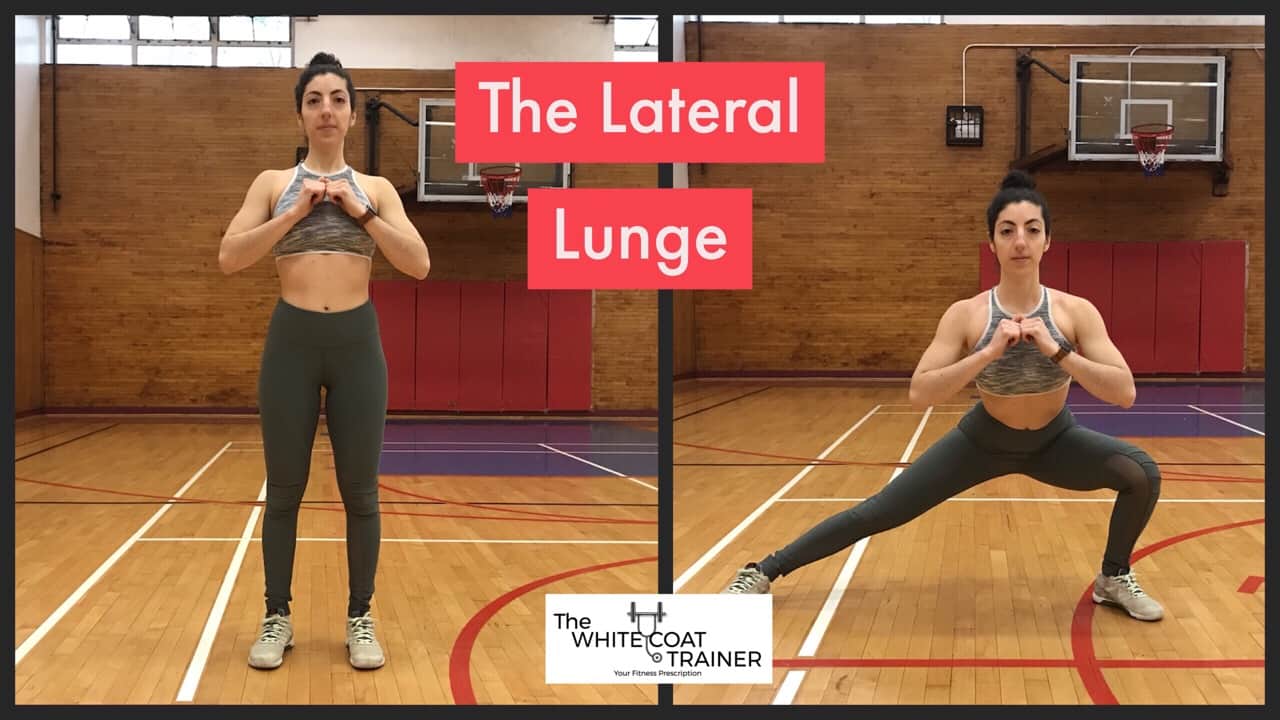
Deficit Reverse Lunge
This exercise simply increases the difficulty of the reverse lunge by increasing the range of motion of the exercise. Simply keep the front foot elevated on a sturdy box.
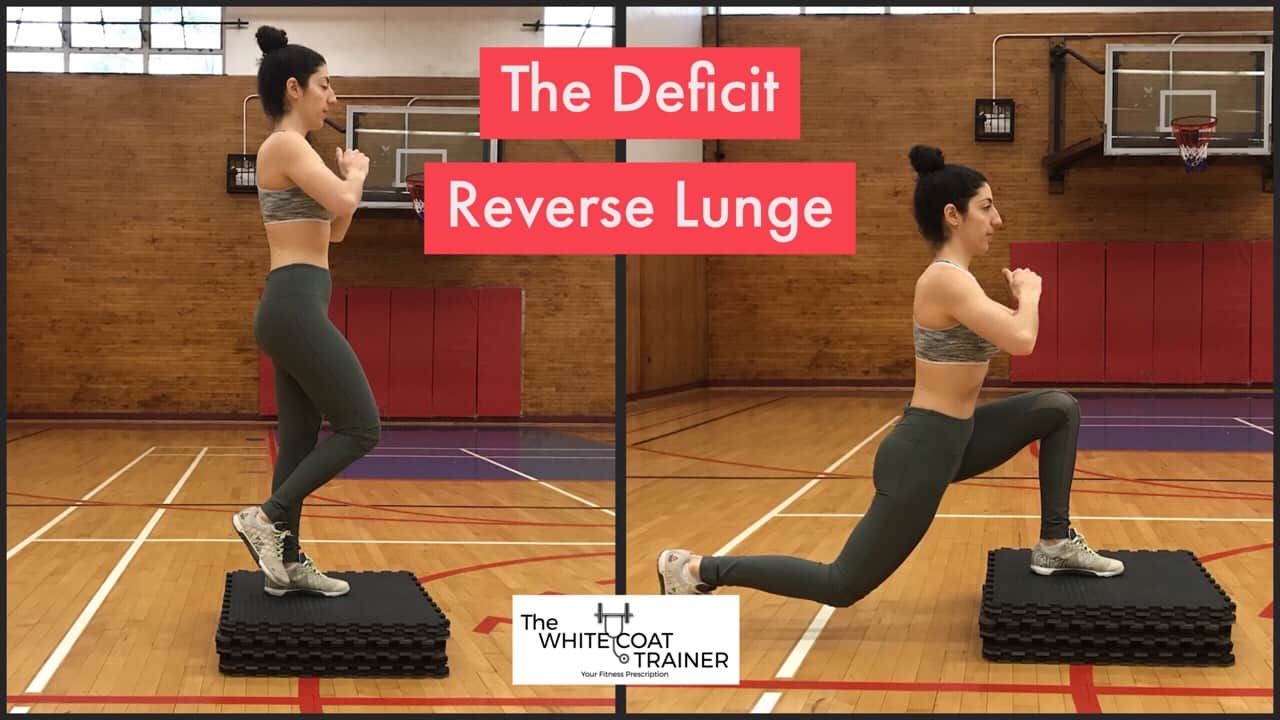
The Bulgarian Split Squat
If you are up for a challenge, then here it is. Place the dorsal aspect of one foot on a chair/box and step forward with your other foot as far as you comfortably can. From here go down into a deep lunge and come back up.
This exercise increases the stability demands of the exercise, while further opening up your hip flexors.
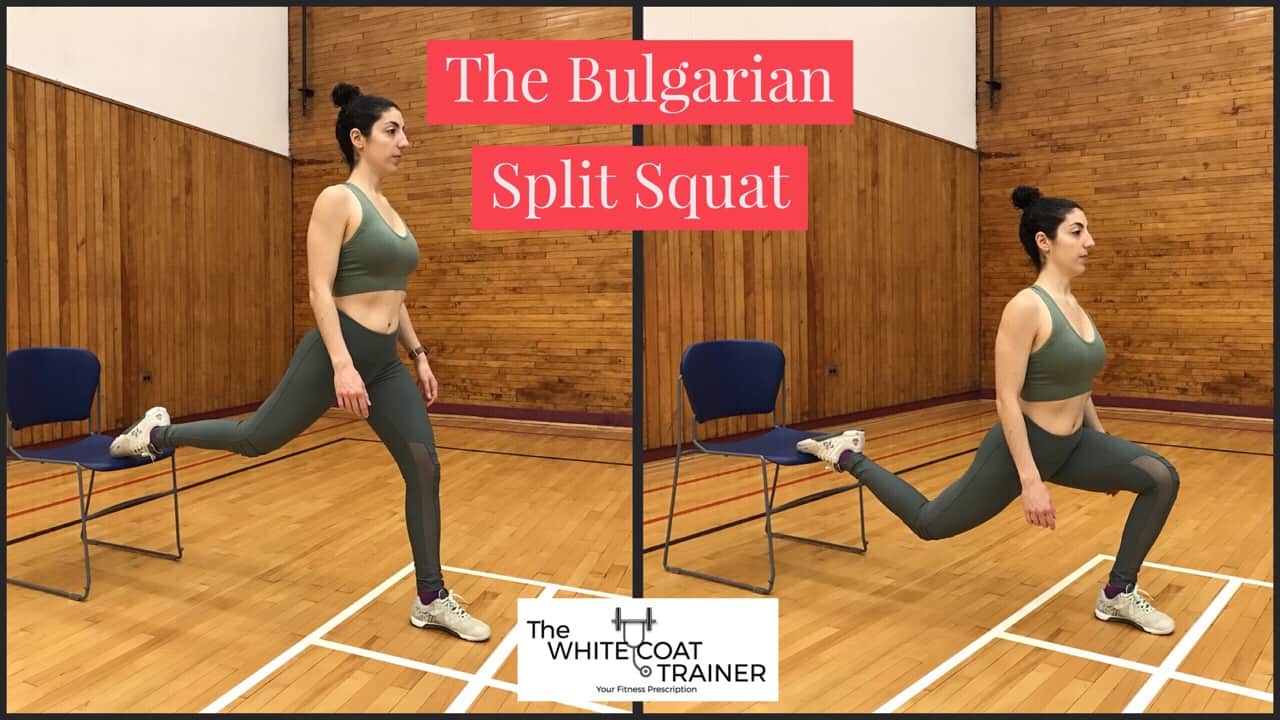
Ok, so we have hit the front of our legs pretty good there.
Now it’s time to hit the back. The moment the ladies have been waiting for.
The glutes.
The Best Calisthenics Exercises For Your Glutes- Hip Extension
No guide to bodyweight exercises is complete without including a section on the glutes.
Having a strong, well-developed set of glutes has two major benefits.
1) It looks good
2) They help to stabilize your pelvis and keep your spine healthy
So training for a bigger butt doesn’t have to be all about vanity.
Here is the top list of calisthenics glute exercises…
Beginner Calisthenics Glute Exercises
The Kneeling Squat
Simply kneel down with your feet behind you and sit on your heels. From this position, forcefully extend at the hips by squeezing your glutes hard. Naturally, you will rise to the final position.
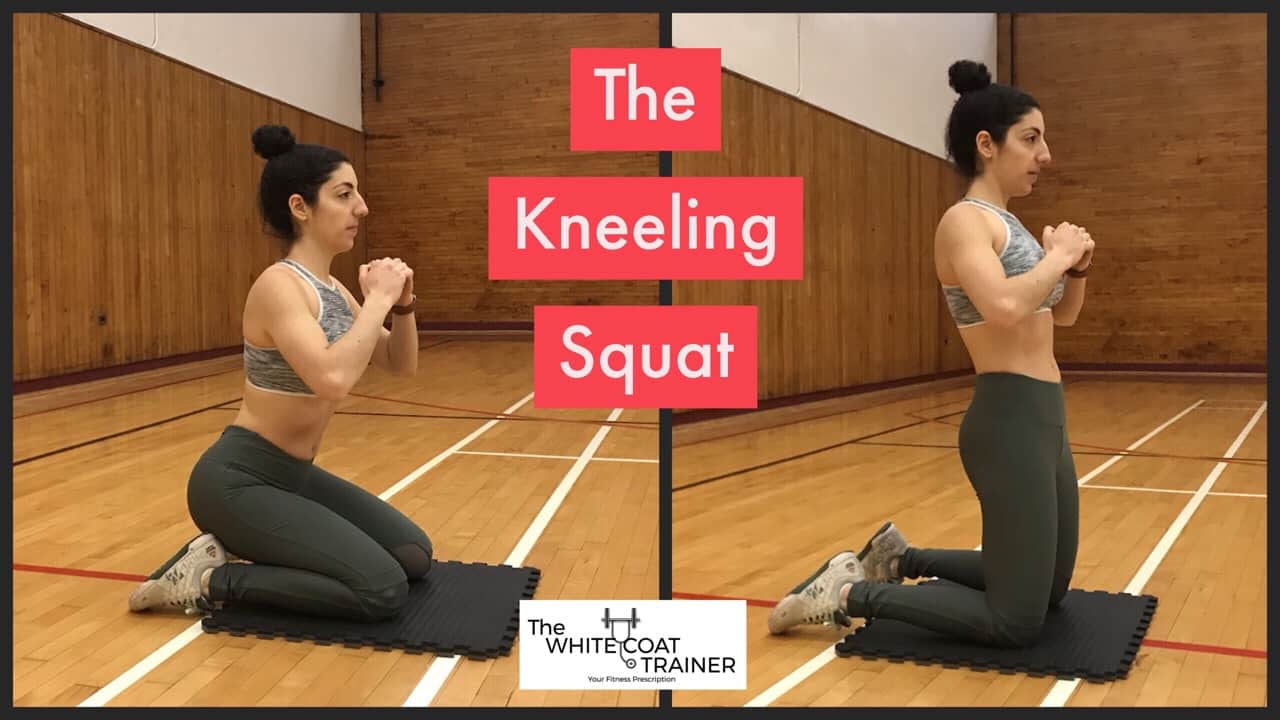
The Glute Bridge
This exercise looks deceptively simple. Well, that’s because it is.
But here’s the truth:
The glute bridge is a highly effective exercise at training hip extension, a key movement pattern we can all improve!
It does this by activating the glute muscles while stabilizing your core.
Lie on your back with your knees bent. From here squeeze your glute muscles to extend your hips.
This exercise is best performed for high repetitions.
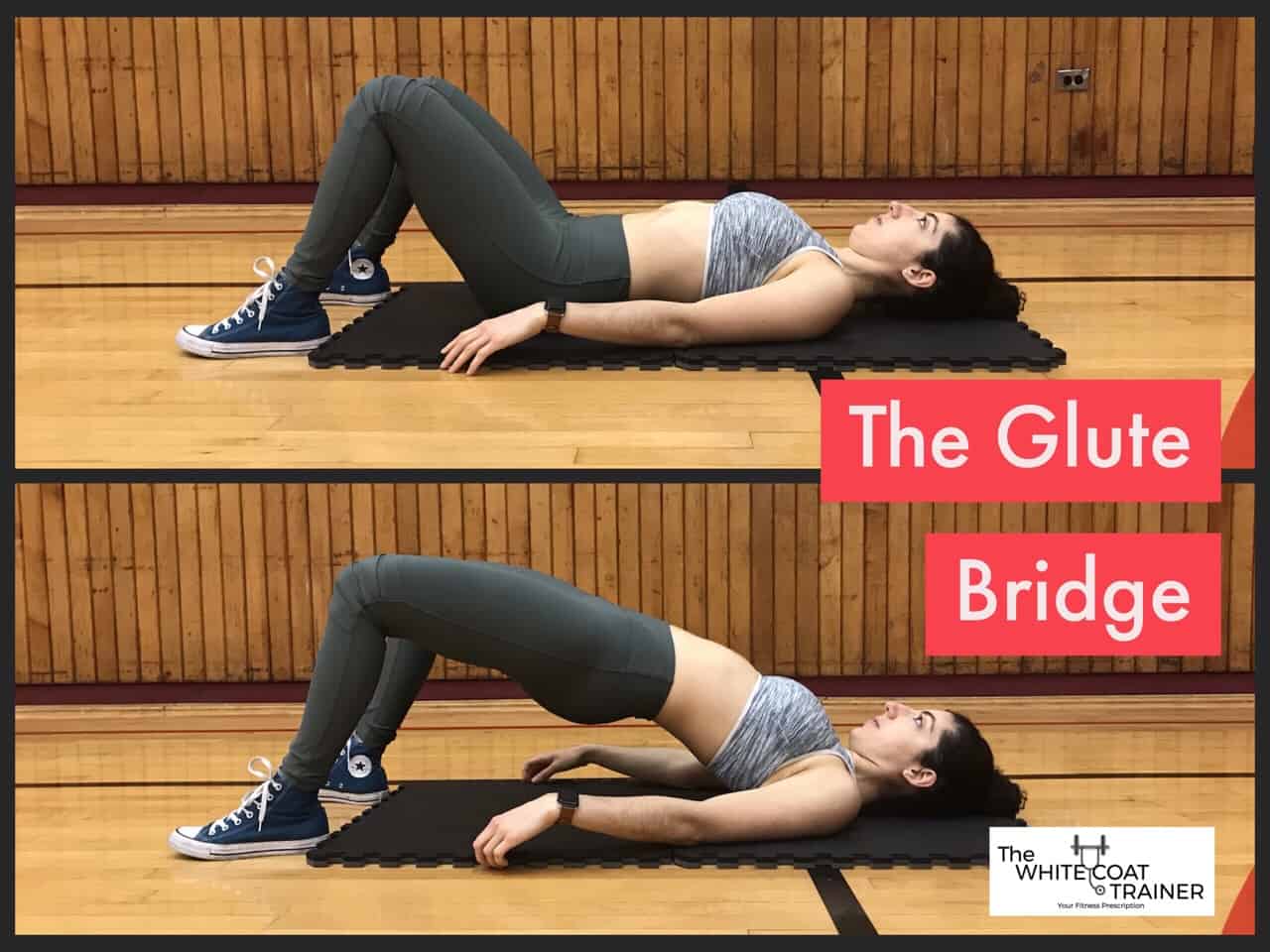
Work your way up to 30+ repetitions. You may also feel this exercise in your hamstrings, and that’s ok. However, the focus should be primarily on your glutes.
The Hip Thrust
This variation is useful because 1) It increases the distance you have to extend and 2) it allows you to easily load the exercise up with external resistance by placing weight on your lap.
All you need is something to place your upper back against so that you are in a sitting position. The rest is the same as a glute bridge.
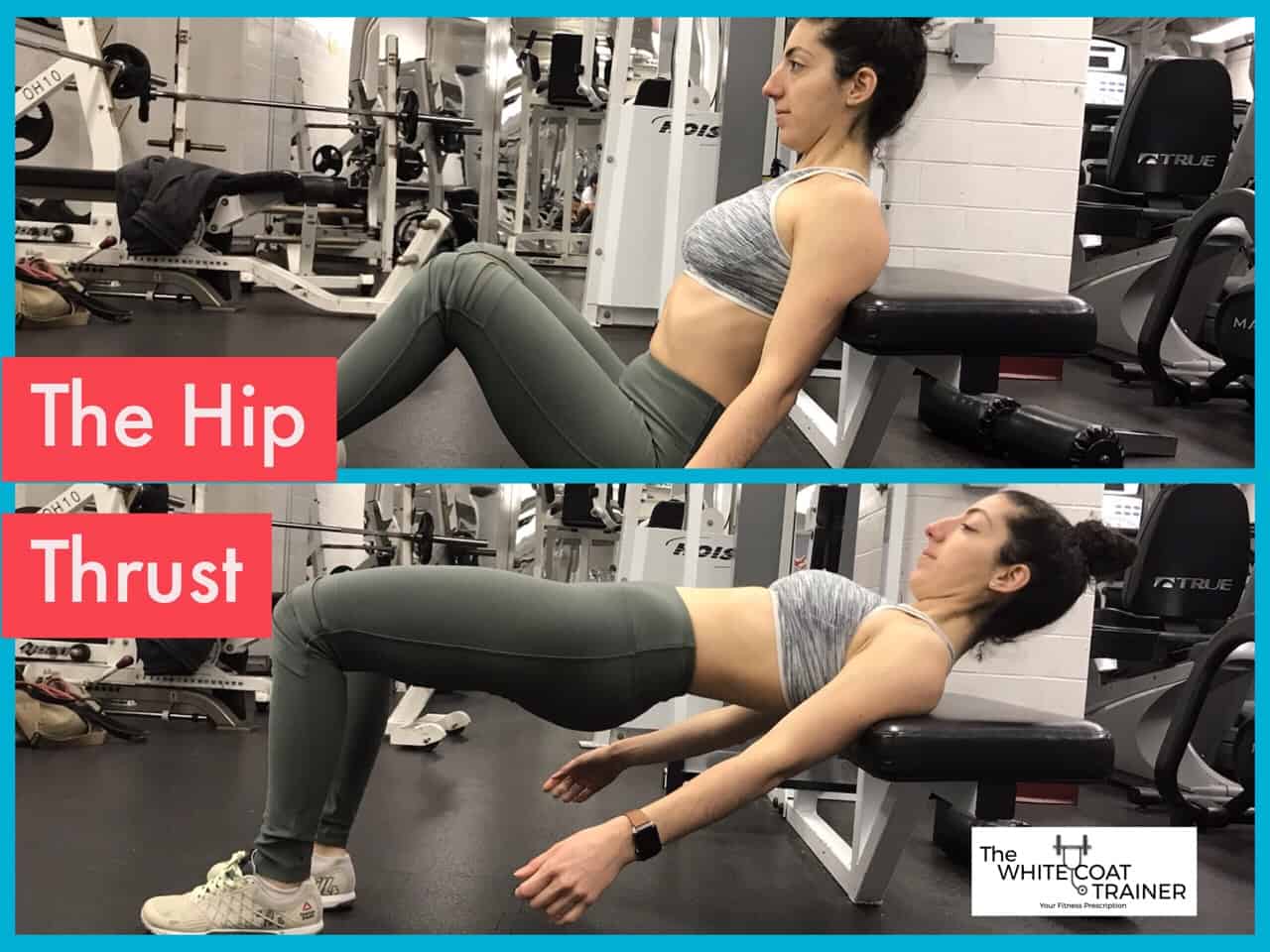
To make this exercise more challenging, you can also elevate your legs to increase the distance you have to work.
Intermediate Calisthenics Glute Exercises
It shouldn’t take you long to be able to master the glute bridge. However, I do recommend that you be able to perform around 30 repetitions of this exercise before moving on.
Here’s how to make them harder.
The Straight Bridge
This is a more challenging version of the lying glute bridge. In this bodyweight exercise, you will sit up with your legs extended in front of you and your hands by your side. From here, you will push up hard by squeezing your glutes until your hips achieve a neutral position.
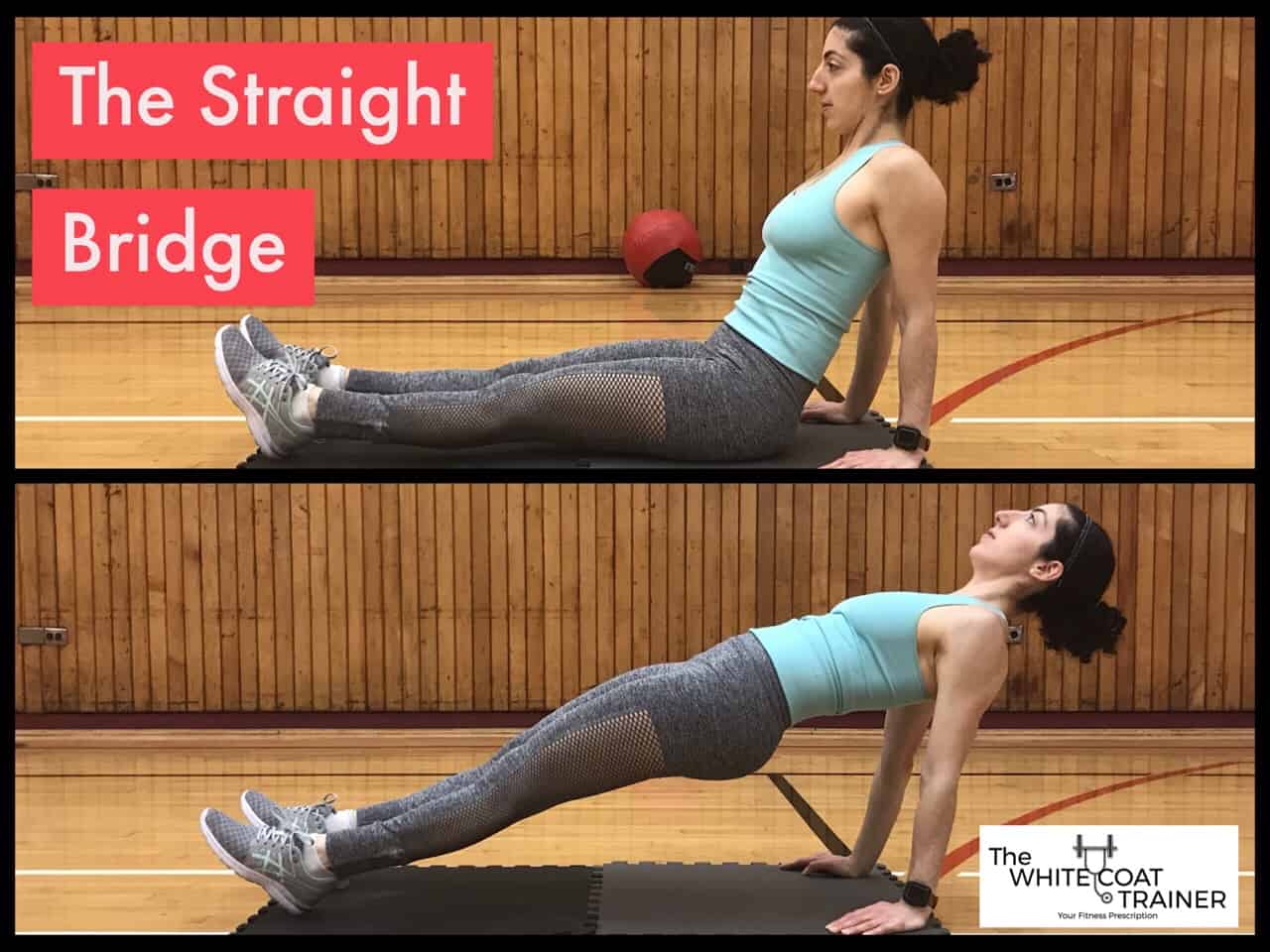
Single Leg Glute Bridge
The exercise is as simple as it sounds. Extend one leg out in front of you and pick yourself up using just one glute at a time. This is not as easy as it looks.
Focus on achieving complete extension. There shouldn’t be a bend at your waist.
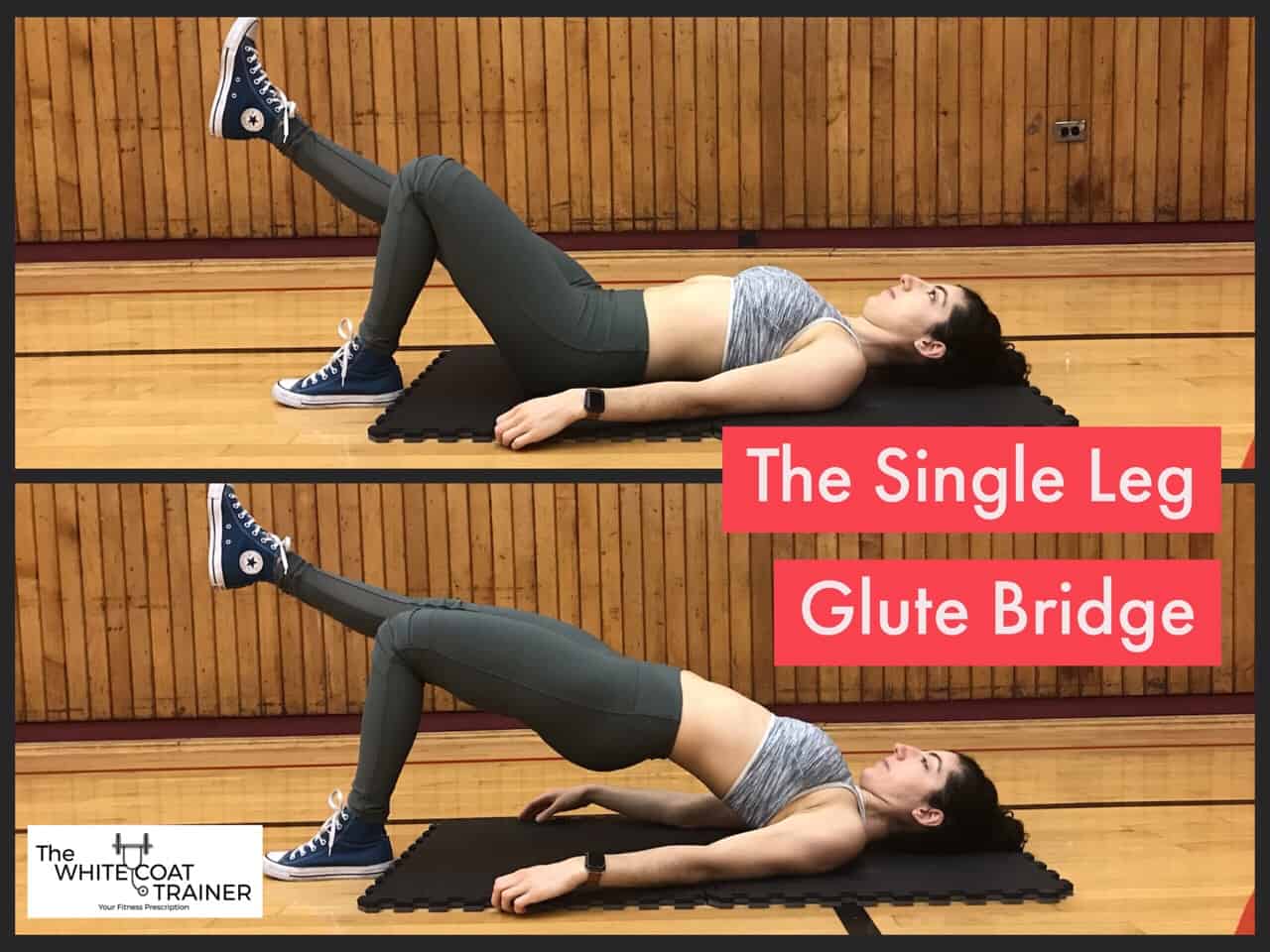
Feet Elevated Glute Bridge
By raising your feet onto a box or a chair, you increase the distance you have to extend.
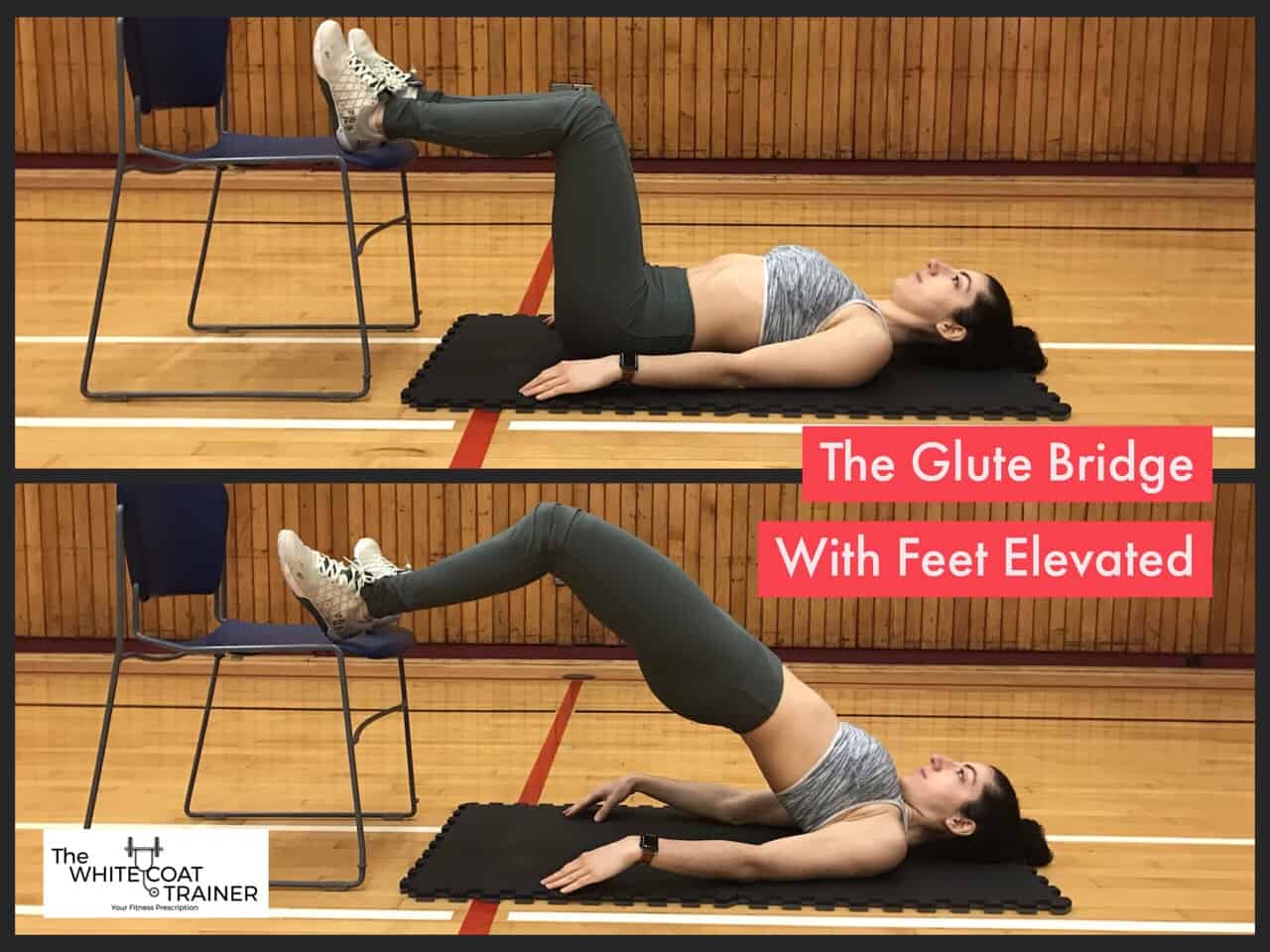
From here, you can also progress to a single leg variation of the foot elevated glute bridge.
Advanced Calisthenics Glute Exercises
There isn’t a ton of variety when it comes to advanced calisthenics glute exercises. Here is the best one.
The Ball Leg Curl
This compound exercise requires the use of an inflatable stability ball. Place your heels on a stability ball while lying completely flat on your back. From this position, squeeze your glutes to extend your hips and then flex your hamstrings to curl the ball towards you.
Slowly return to the starting position while making sure that your hips are still extended.
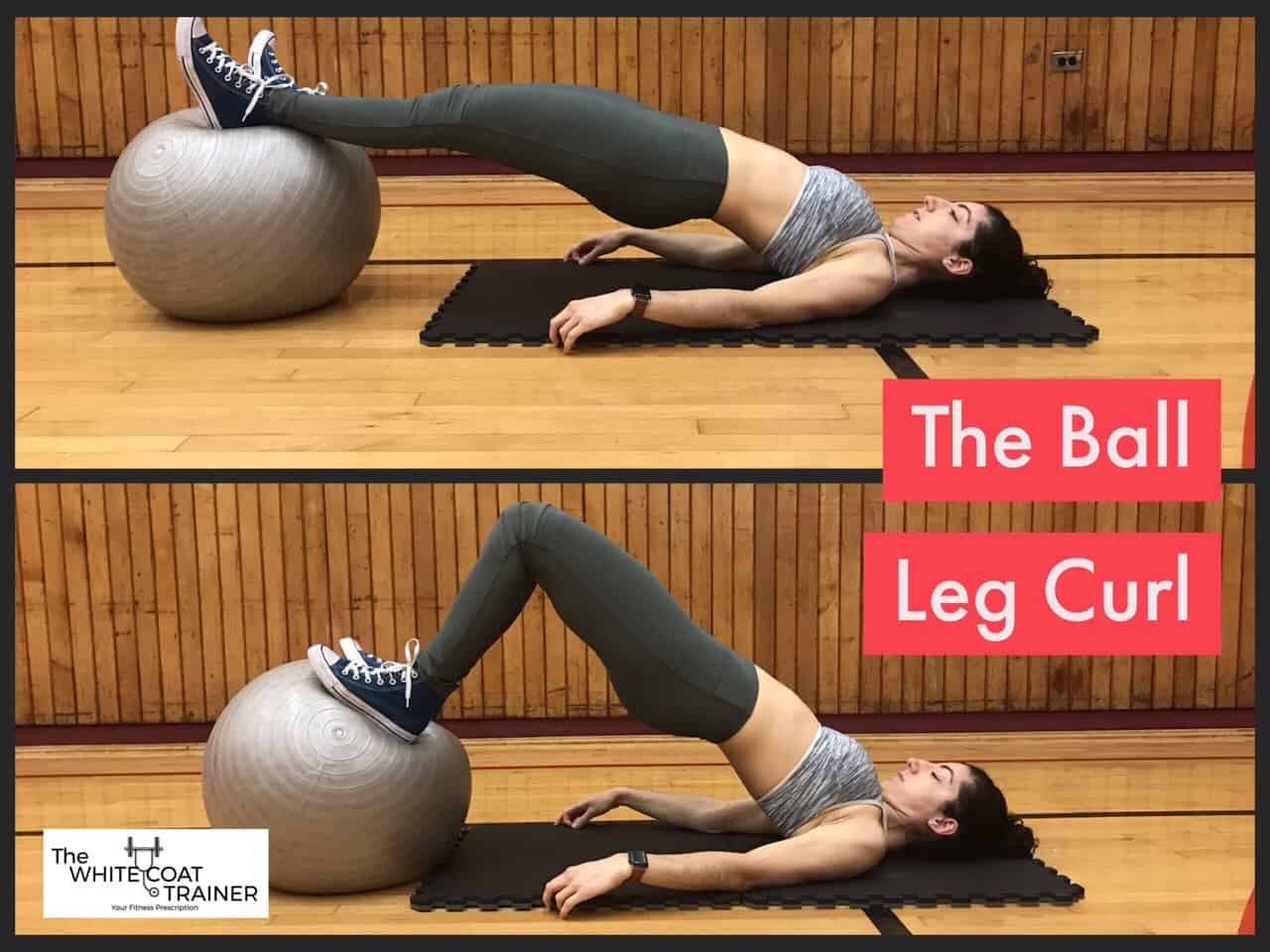
So that takes care of both the upper body and the legs.
There’s only 1 thing left to tackle.
The most important muscle group of all, the core.
The Best Calisthenics Exercises For Your Abs
Contrary to popular belief, the sit-up is not the best way to train or develop your core.
Instead, you need to focus on core stabilizing exercises like the ones we will cover in this section.
So in order to get started, we need to begin with the most fundamental core exercise of all. Here is a list of the best calisthenics core exercises.
Beginner Calisthenics Ab Exercises
The Plank
So simple, yet so intricate.
The plank is one of the few exercises that actually requires activation of almost every major muscle group in the body.
The best part?
It gets your abs ready to tackle other more challenging core exercises.
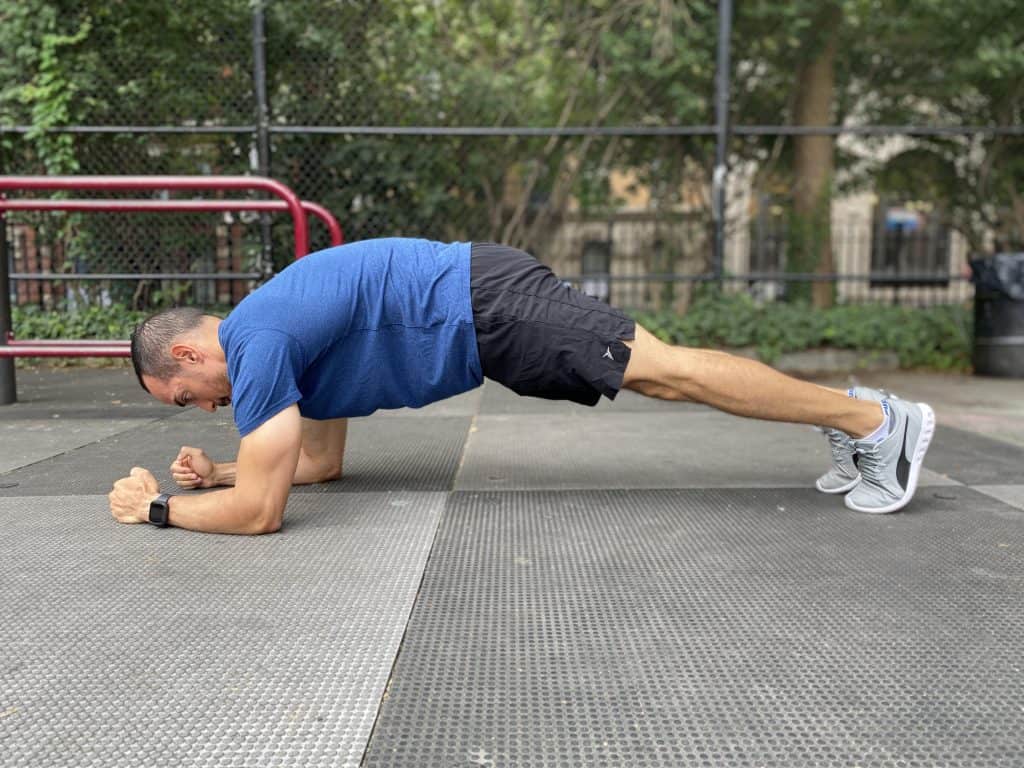
In order to do this exercise correctly, make sure that you are on your tippy toes with your body as straight as possible. Squeeze everything! Your core, your glutes, your quads, your chest, and your triceps.
This will get you into the habit of achieving total body tightness.
Lying Knee Tucks
Bring your knees towards your chest, pause for a 1 count and extend your knees back out without letting your feet touch the ground.
Cross your arms across your chest and elevate your upper back so that your lower back is flush against the wall.
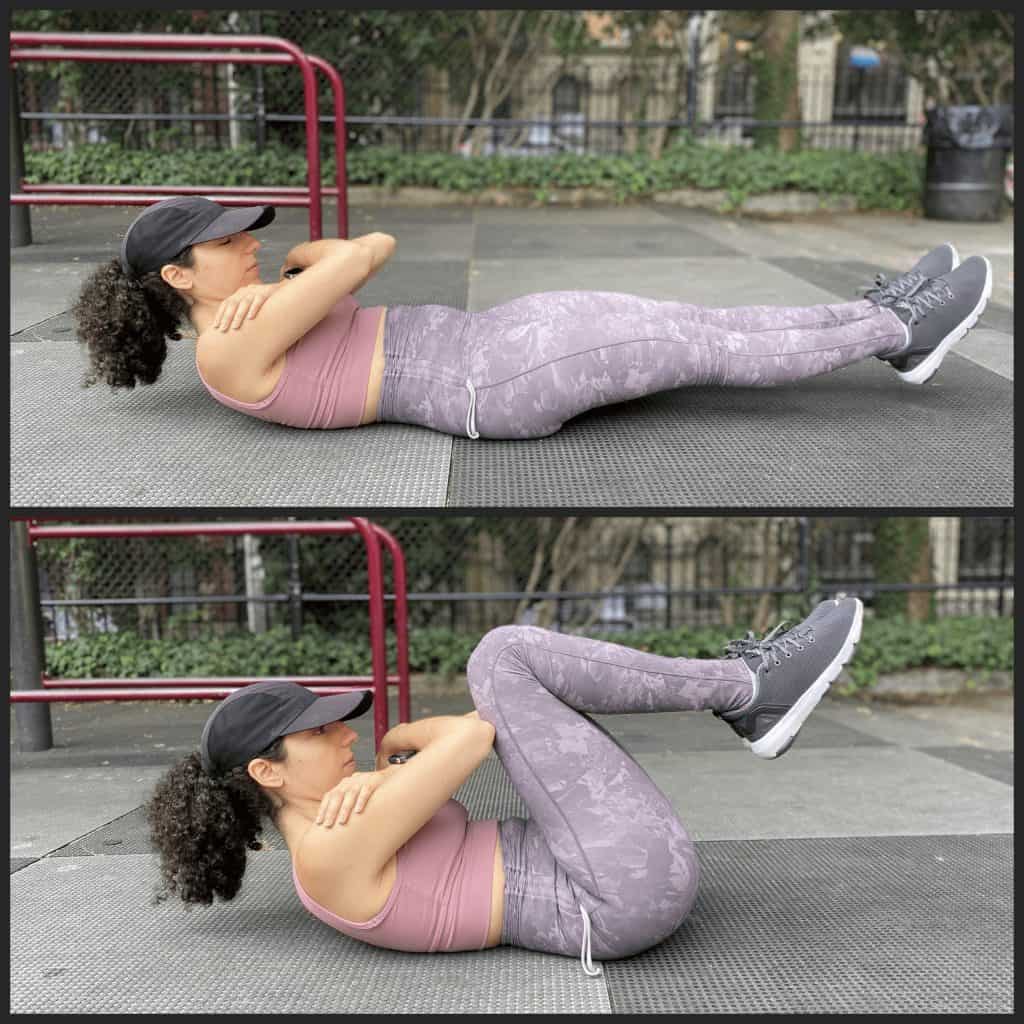
Straight Leg Raises
While lying completely flat on the floor, you are going to bring your legs straight up until they are perfectly parallel to the ground and slowly return them back to the starting position.
Do not let your feet touch the ground and do not bend your knees.
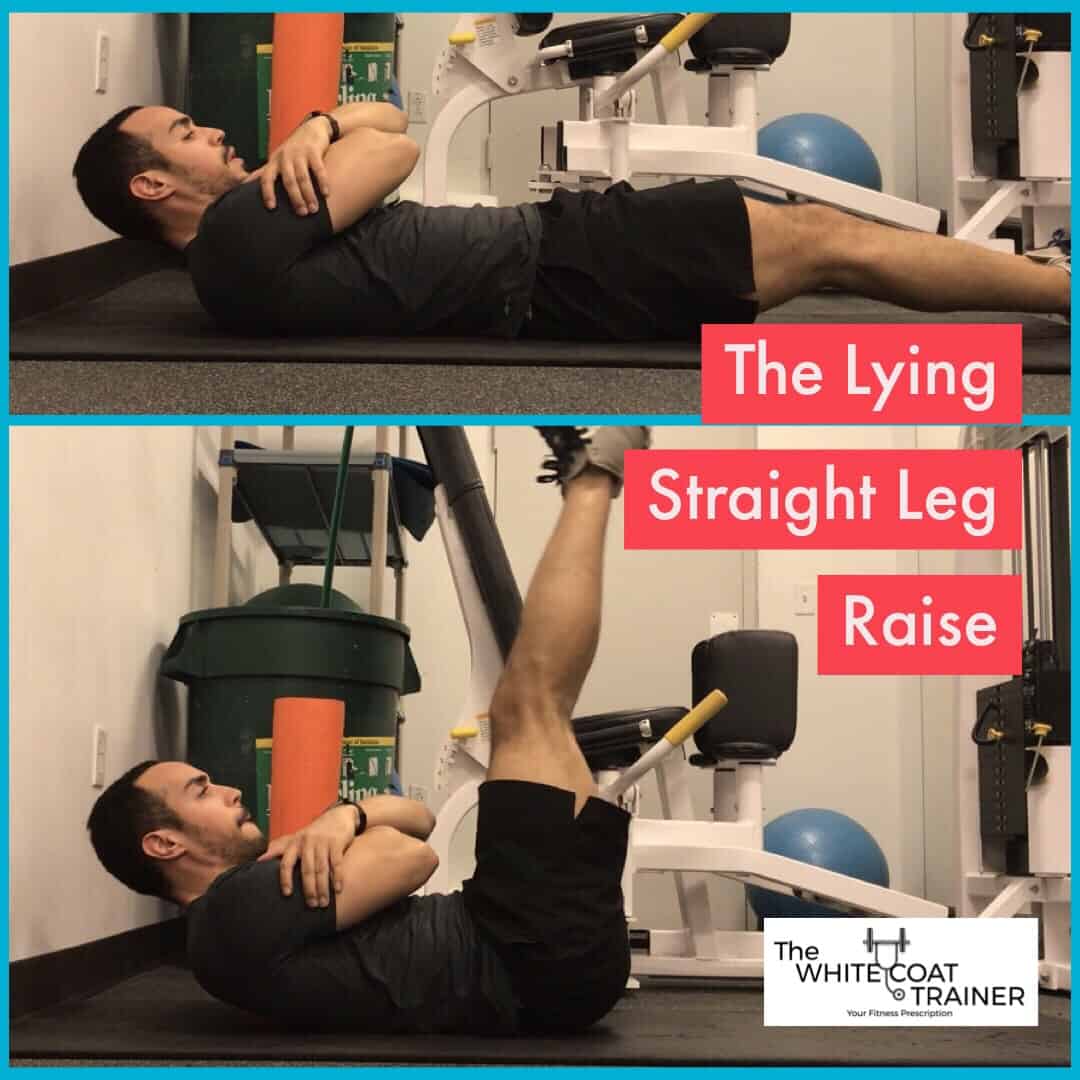
Intermediate Calisthenics Ab Exercises
You must be able to hold the plank for at least 1 minute before moving on.
Some experts even advocate to hold it for 2 minutes!
If you can do at least 1 minute of perfect form, then here’s how to progress.
The 3 Limb Plank
This is simple. All you have to do is elevate one foot off the ground and balance yourself on the other 3 limbs. Make sure that you do both sides. Go for at least 45 seconds on each side.
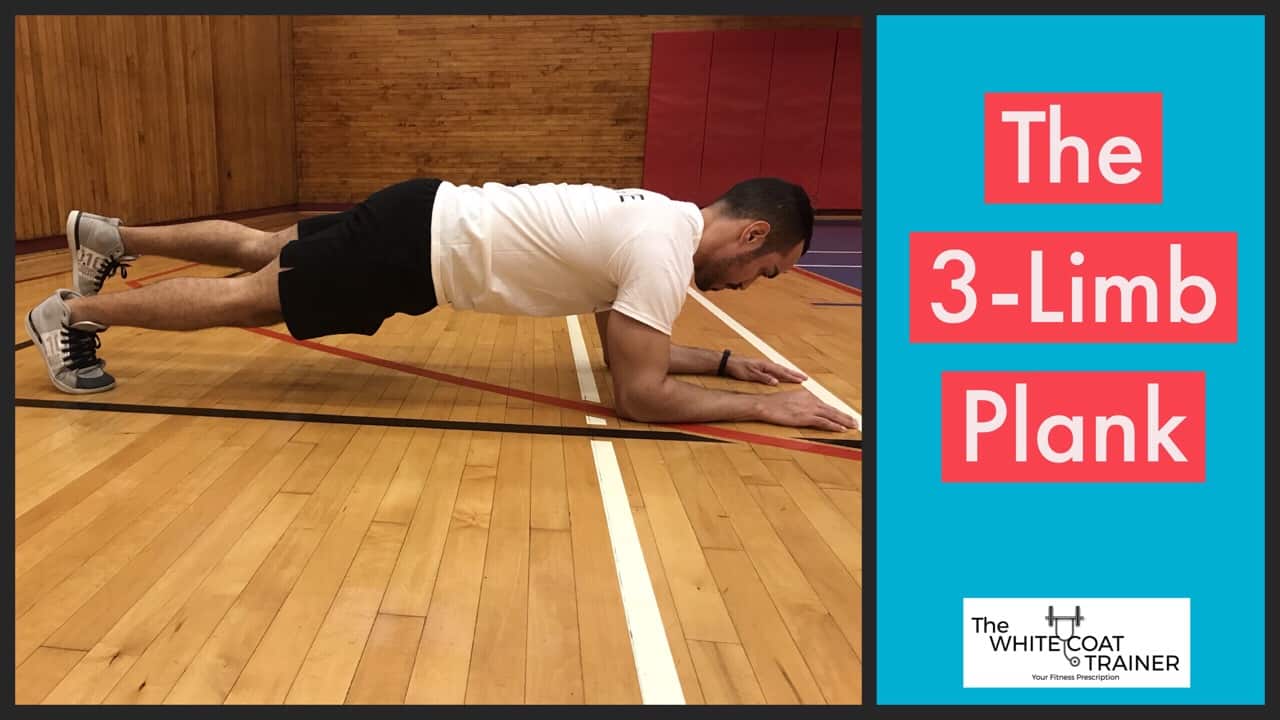
The 2 Limb Plank
This variation increases the difficulty by requiring you to lift one leg and the contralateral arm.
Aim for 30 seconds on each side.
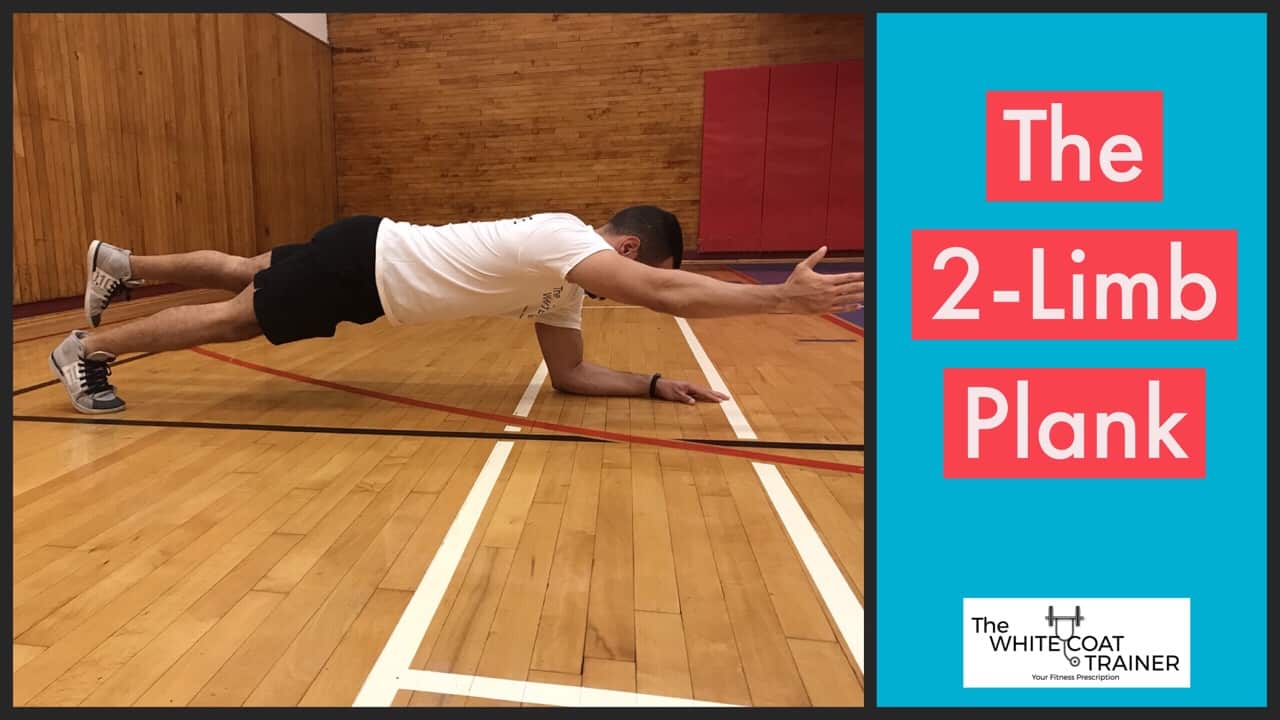
The Decline Plank
By elevating your feet on a chair, you are increasing the demands that your core has to work. Once you have mastered this variation, you can then perform the 3 Limb Plank followed by a 2 Limb Plan while on the decline.
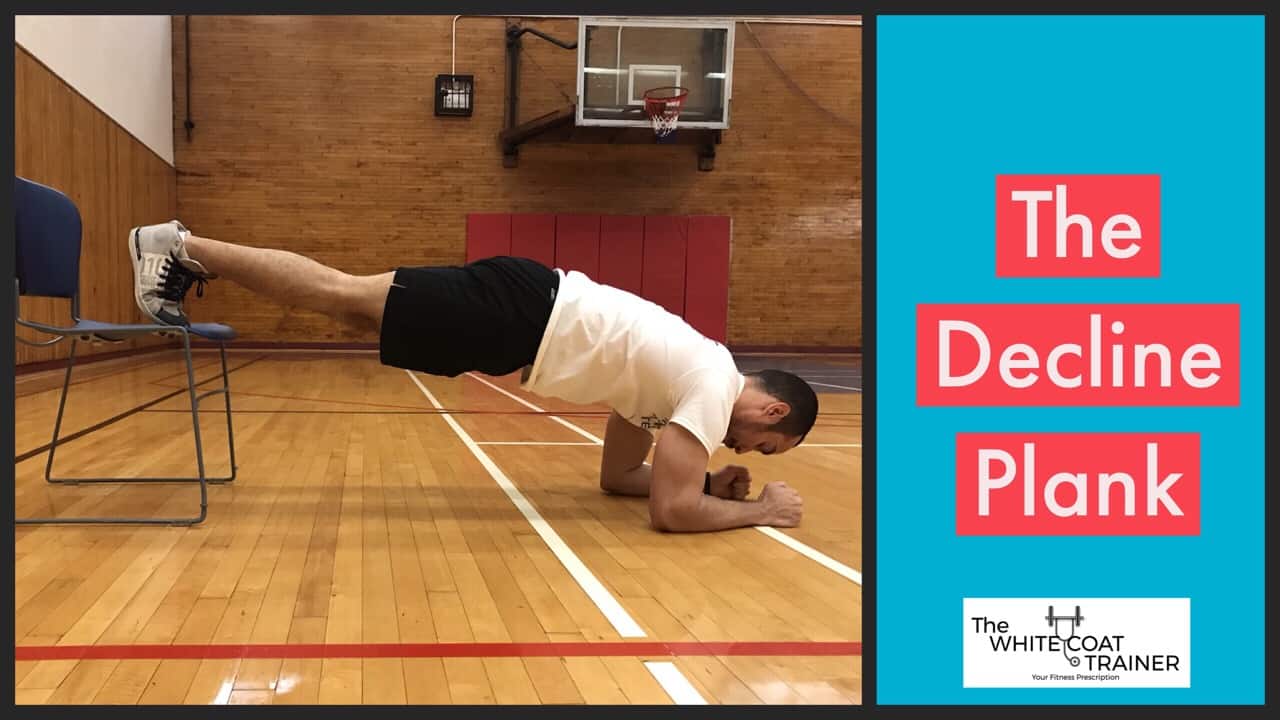
The Side Plank
Then there’s the trusty side plank variation. The side plank hammers the oblique muscle, which has been found to improve low back pain when strengthened.
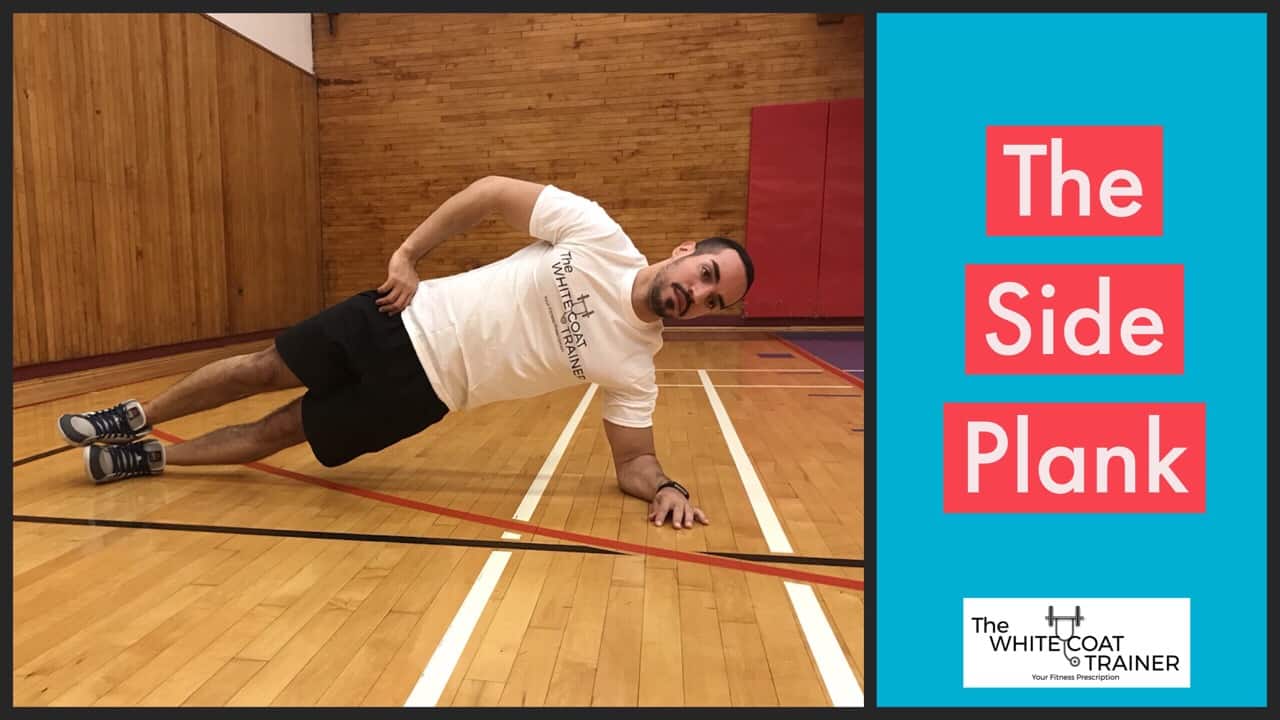
In this exercise, you will be supported on just one elbow and the side of your foot.
Keep your body in as straight a line as possible and don’t forget to squeeze your glutes and brace your core hard. Aim for 45 seconds on each side.
Advanced Calisthenics Ab Exercises
Once you have mastered the plank and the lying leg raises, it is time to move on to some more advanced exercises.
Hanging Straight Leg Raises
For this variation, you will not bend your knees at all. Keep your legs locked out and bring them up towards your chest by flexing your abs hard.
The goal is to reach a perfect 90-degree angle with your legs.
Slowly lower back down to the start. DO NOT SWING.
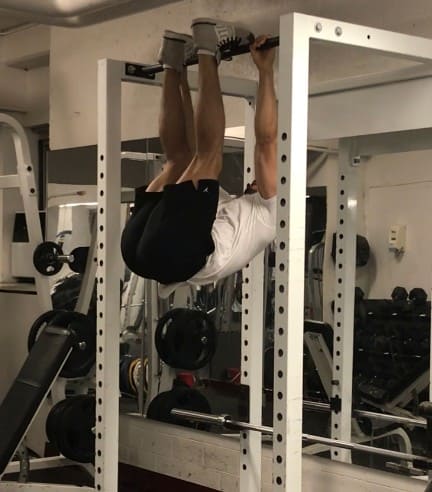
This exercise requires a great deal of core strength. Just like the knees to elbows, you will have to gently lean back to perform it.
The L-Sit
The L-Sit is another great core exercise that engages the entire body at once. As simple as it looks, don’t be fooled at how challenging it may be.
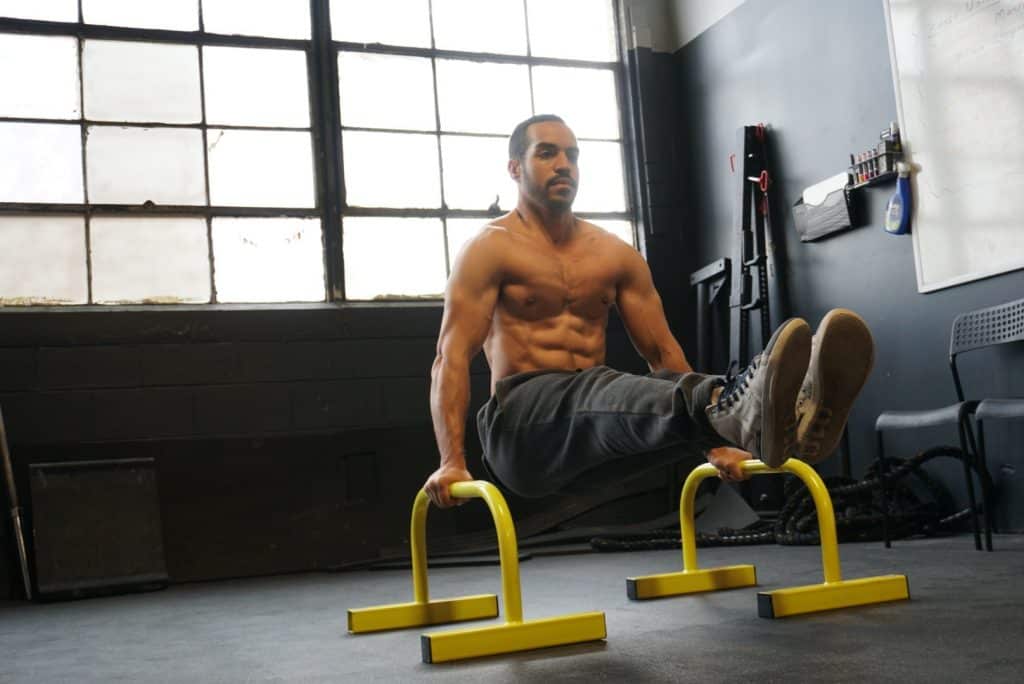
Dragon Flag Negatives
For this exercise, you will need something to hold onto behind you for support such as a pole or the back of a bench if you are laying on one.
The video below will demonstrate all of the progressions leading to this exercise.
In the first variation, simply bring your knees to your elbows and slowly return back to the starting position
The second variation requires you to bring your knees to your elbows and then extend your legs straight up to the ceiling, before bringing your knees back down to your elbows and finally back to the starting position
Lastly, in the third variation, you will perform dragon flag negatives, by slowly lowering your legs from the fully extended position back down to the starting position.
Alright, so that just about wraps it up for our bodyweight training manual.
There’s one last thing we need to cover.
Bonus: Calisthenics Skills
Once you develop a decent level of calisthenics strength- you can then learn cool calisthenics skills.
These isometric exercises include:
The Planche
This move requires tremendous shoulder, straight arm, and scapular protraction strength.
The Back Lever
This skill requires great scapular retraction strength as well as core and posterior chain strength.
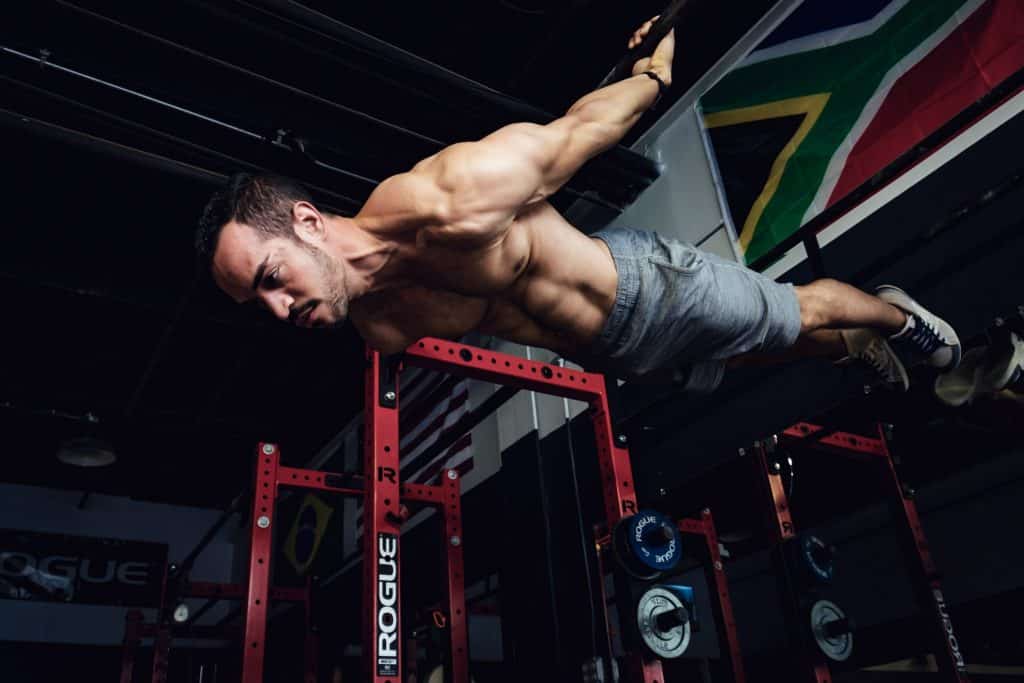
The Front Lever
This skill requires great scapular retraction strength as well as upper back, core, and posterior chain strength.
From a
The Human Flag
This skill requires great oblique, shoulder, and back strength to perform.
You need to lift your body completely laterally so that your body is parallel to the ground with straight arms.
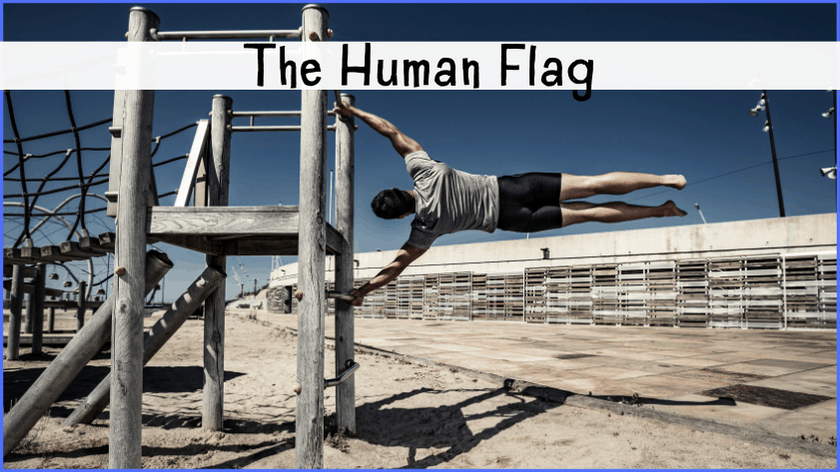
How To Start Calisthenics – Creating Your Own Bodyweight Program
Now it’s time for me to show you how to put it all together.
In this section, I will teach you how to start calisthenics today.
Not next week, not in the new year.
Today!
How To Use This Bodyweight Workout Program
So what’s the best way to use this guide?
Just follow these 7 steps.
- Pick one exercise from each of the 7 sections above and perform them 1-2 times per week.
- Do 2-3 exercises per day on each training session. You can divide the workouts up however you like. You can do upper/lower body splits or you can mix and match and do full body training splits.
- Perform anywhere from 8-15 repetitions of each exercise for at least 2-4 sets.
- If you cannot perform at least 8-15 repetitions per set, then scale the exercise back to an easier variation.
- If you can easily do more than 12-15 reps, scale the exercise up to a more difficult variation.
- Your training session can be done in the morning before work, or after work.
- Do not spend more than 20 minutes on the workout.
As you have already seen, you don’t need much. You already possess most of what you will ever need.
Here is a sample week of what your workout routine may look like.
A Calisthenics Workout PDF For Beginners
Here are two simple calisthenics workout plans for beginners.
Use these templates and continue mixing and matching the exercises until you have reached the advanced level calisthenics exercises.
Or, if you prefer not to make your own program, you can follow a proven calisthenics workout plan.
This is why we created the WCT Calisthenics Workout Plan; a comprehensive strength training routine that hits the full body in as little as 20 minutes a day.
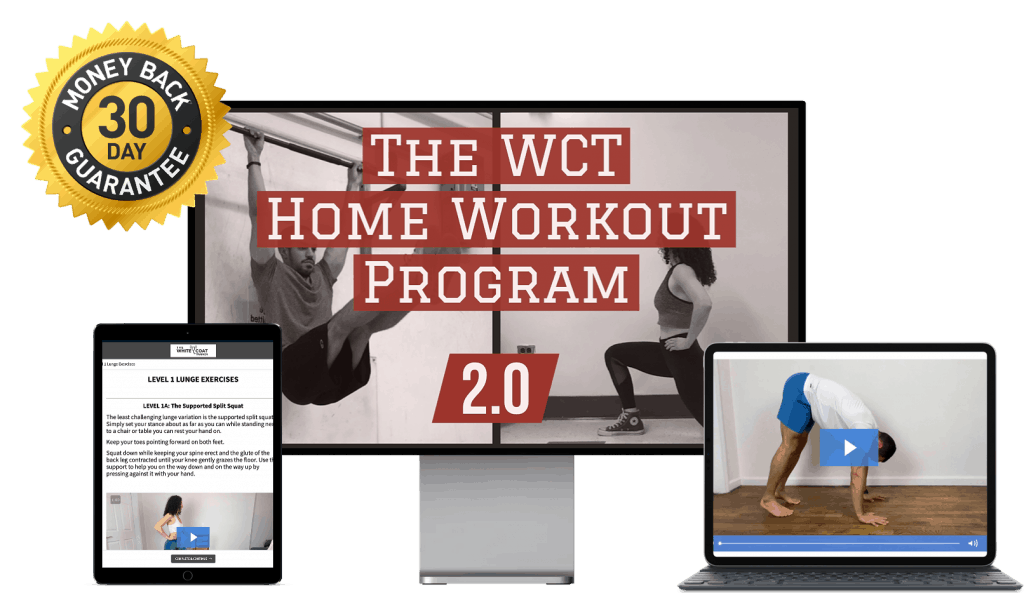
It doesn’t matter if you are an absolute beginner or you have a lot of experience.
All exercises come with progressions and regressions so that you can challenge yourself regardless of your skill level.
Beginner Calisthenics Exercise List
But what if you are an absolute beginner?
Then I recommend that you establish a proper baseline in these beginner fundamental calisthenics movements.
Here are the basic calisthenics exercises:
- The Standard Push-Up: Goal 20-30 repetitions per set
- The Pull-Up: Goal 8-12 repetitions per set
- The Bodyweight Squat: Goal 25 full range of motion repetitions per set
- The Pike-Pushup: Goal 15-20 repetitions per set
- The Hanging Leg Raise: Goal 12- 15 repetitions per set
Once you have mastered all of these exercises, only then should you move on to more advanced movements.
Other Related Questions
What are the top benefits of calisthenics?
Here are the top 5 benefits of calisthenics training:
1) You Can Do Calisthenics Exercises With No Equipment
Gym equipment is expensive. Gym memberships are expensive. Time spent traveling to and from the gym is expensive.
If you create a comprehensive calisthenics program, you will need to invest very little time and very little money to get started.
(The only thing that you should get is a good quality
2) Calisthenics Can Be Done At Home
Not having access to a gym or expensive equipment is one of the biggest barriers to fitness. Calisthenics fixes that.
The second biggest advantage of calisthenics training is that it can be done anytime, anywhere, including your own home.
No gym? No problem.
3) Bodyweight Training is Scalable To Your Level
It does not matter what level of strength you possess. I can find a bodyweight exercise that you will struggle with.
There are multiple ways to make any of these exercises easier or more difficult.
Exercise variation is the name of the game.
4) Bodyweight Exercises Are Functional Compound Exercises
Bodyweight movements are compound and they tend to be extremely functional. This means that they train several large muscle groups at once while mimicking things we already do in real life.
As such, any strength you build through bodyweight programming is transferable to different skills in life that require any kind of athleticism.
5) Your Joints Can Handle High Bodyweight Training Volume
Unlike weight training, bodyweight exercises tend to respond better to higher volume.
This means you can and should do sets of 15+ reps.
When you do higher repetitions,
- You get your heart rate up, which incorporates a cardio component to your routine
- You increase blood flow to your joints which helps rehabilitate any injuries you may have
- You increase your core engagement, as all calisthenics exercises require some degree of core stabilization, and the best part?
- You burn more fat: Every bodyweight exercise incorporates multiple muscle groups at once, so more reps = more work = more calories burned!
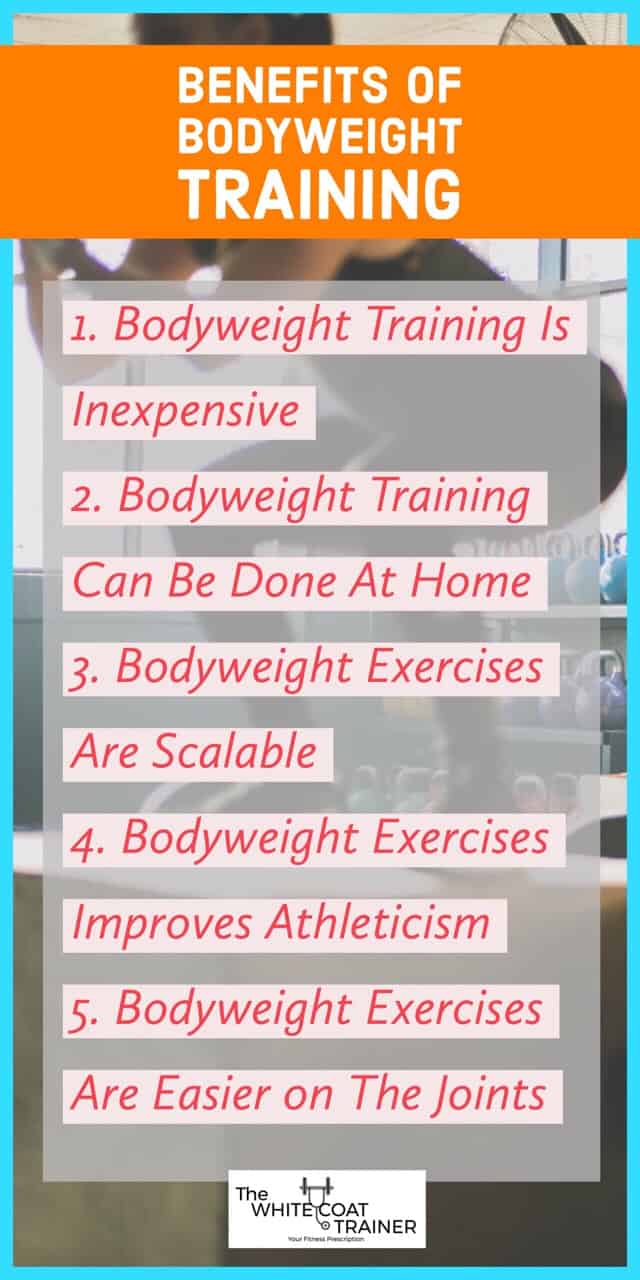
I go over a few more benefits in 15 Unique Benefits Of Calisthenics [Why You Should Consider doing it].
Can You Build Muscle With Only Calisthenics?
It is possible to build muscle mass with calisthenics as it is a form of resistance training.
As such, your muscles have to work against the resistance provided by your own body. This is the biggest pre-requisite to building muscle.
The main disadvantage is lower body training. You will not be able to build as much muscle in your legs using just your bodyweight.
How do Beginners Start Calisthenics?
Beginners should start calisthenics by mastering the basic fundamental exercises. This includes the push-up. the pull-up, the squat, the pike push-up, and the hip hinge.
I go over more details in Calisthenics For Beginners: How To Get Started The Right Way.
Is it OK to do calisthenics everyday?
I recommend that you start with 3-4 exercise sessions per week. This will get you enough practice doing the calisthenics movements while giving you time to recover between workouts.
How Long Should A Calisthenics Workout Be?
Calisthenics workouts should be no longer than 30-45 minutes. If you are struggling with this, check out my post On How Long Should A Workout Last.
What About Calf Raises?
If you would like to train your calves with calf raises, it is okay to add them to your lower body focused sessions. I personally don’t train calves as the way they look is largely genetic.
But calf raises are one of the best exercises to strengthen this muscle group.
Final Words
So that’s my complete list of the best bodyweight exercises.
Now I want to turn it over to you: what did you think about this guide?
Or maybe there’s an exercise I missed.
Let me know by leaving a comment below, and don’t forget to share this guide if you found it useful.
Related Posts On Calisthenics Exercises:
- Calisthenics For Beginners: Full Guide + Free Workout
- Calisthenics Vs Weights: How To Decide Which Is Best For You
- The Best Calisthenics Equipment You Need For Your Home Gym

Alex Robles, MD, CPT / Brittany Robles, MD, MPH, CPT
Alex & Brittany Robles are physicians, NASM CPTs, health & fitness experts, and founders of The White Coat Trainer: a site dedicated to improving the health and fitness of busy professionals. Their advice has been featured on KevinMD, The Doctor Weighs In, My Fitness Pal, Reader’s Digest, Livestrong, and The Active Times. Learn more about them here.

Great post Docs! The background and fundamental explanations are really motivating. Can you come up with a routine that we can use starting with a beginner? I need basic instructions to follow without the mental stress of thinking of what to do next and how much and how often. Thanks for what you do!
-fellow doc
Thanks for reading Doc.
Absolutely. We will begin working on a home program anyone can do in just 20 minutes a day, whether you are a beginner or an intermediate.
Be sure to check back in in the near future!
PS. Thanks for what you do too.
If I want to make a workout plan of one hour per training, can I apply the same principle that you explain in this article?
Yes absolutely. Check out our post on How many exercises per workout you should do, as well as the best workout splits to help you design the plan!